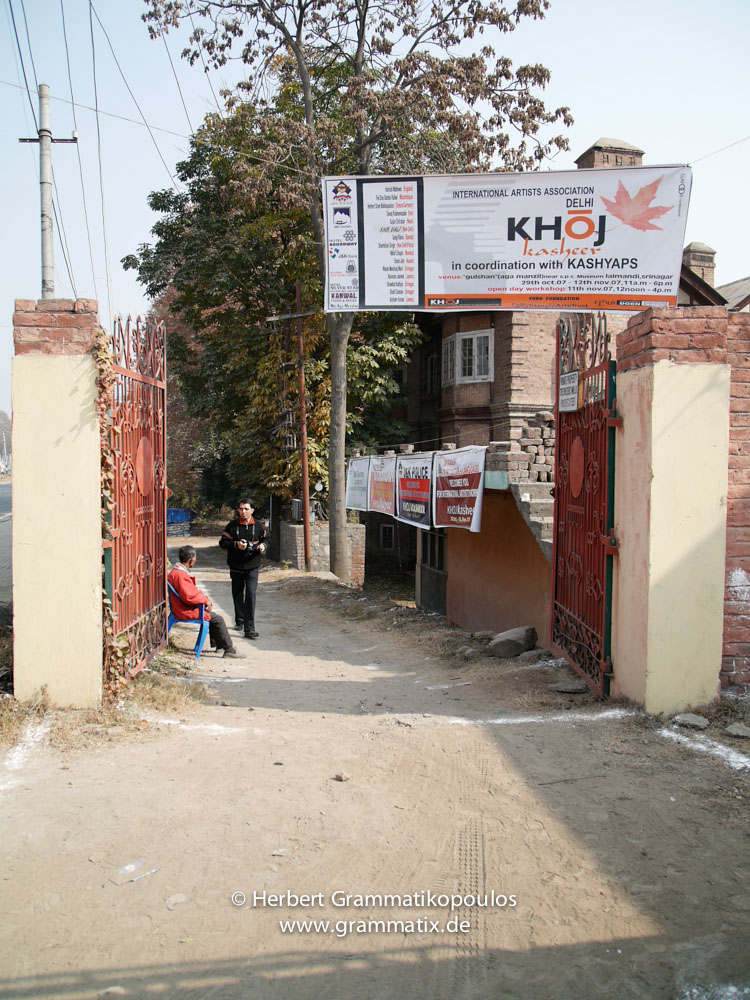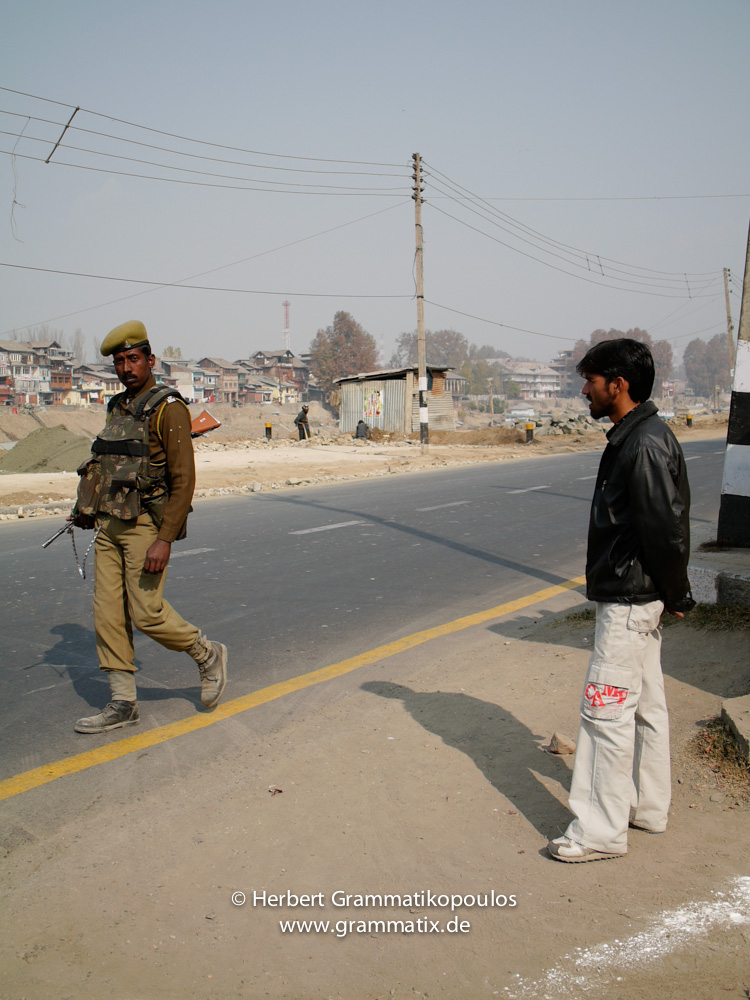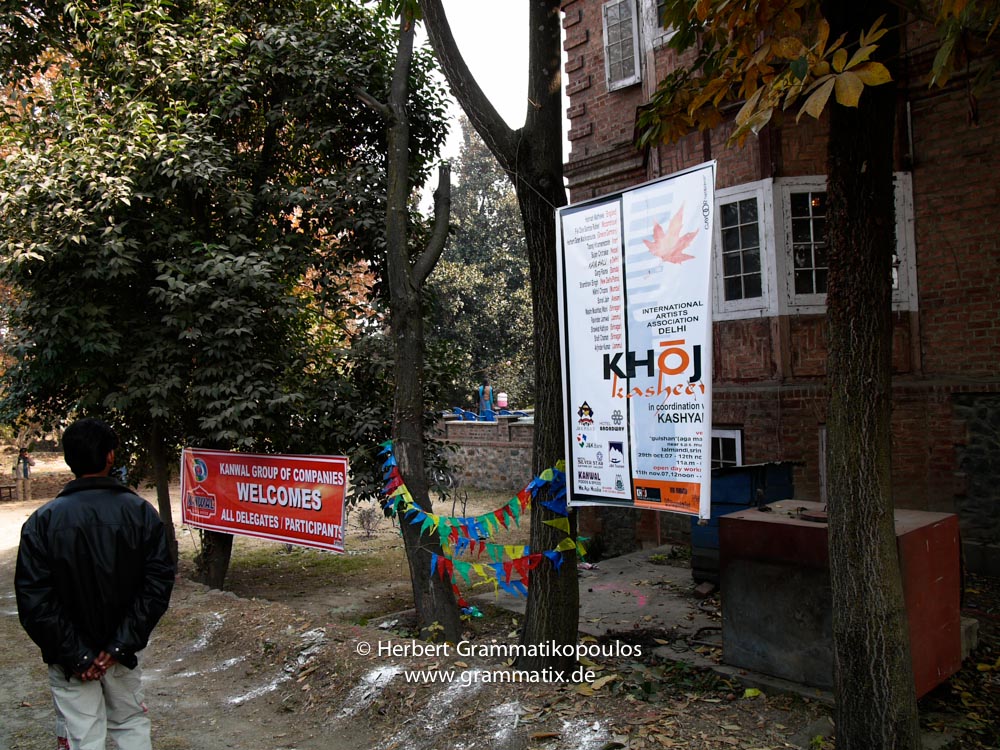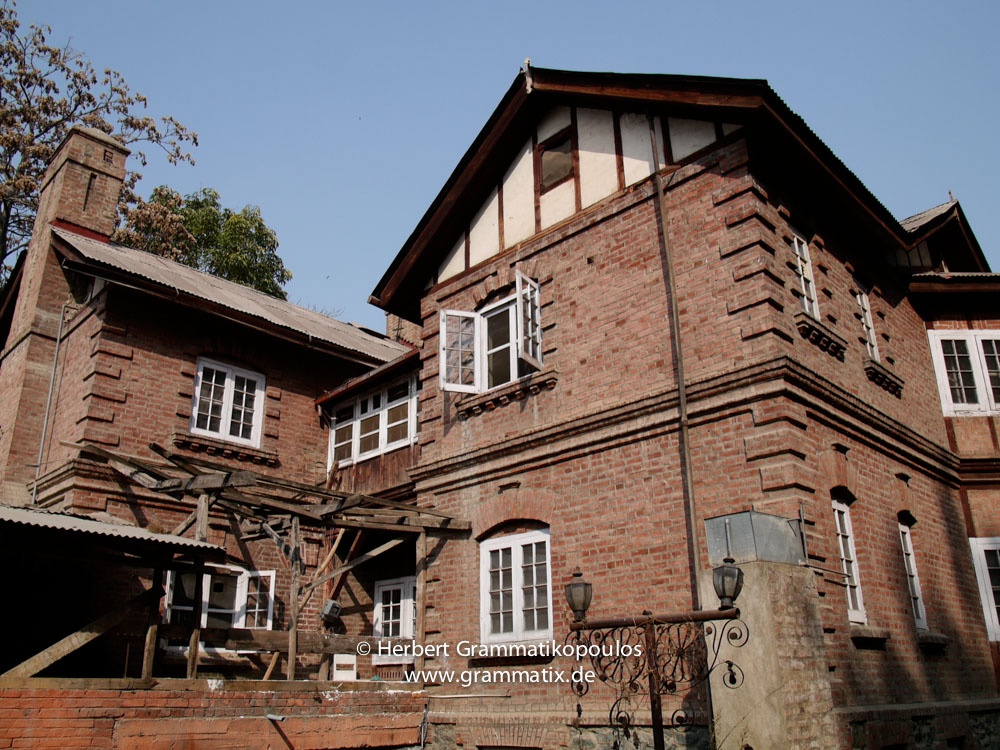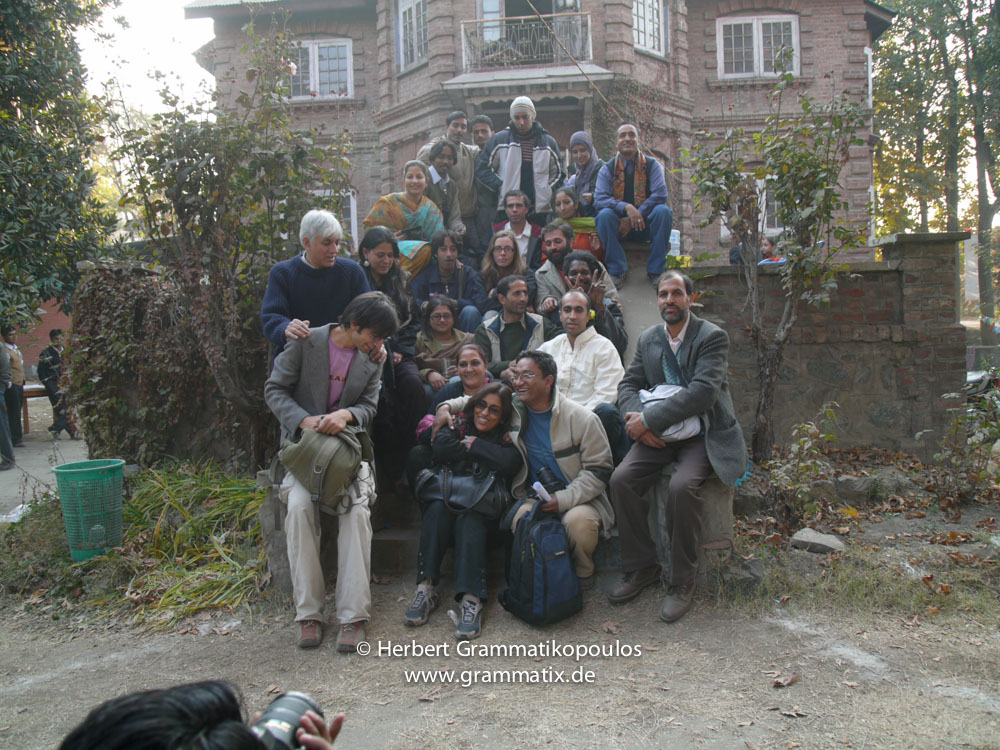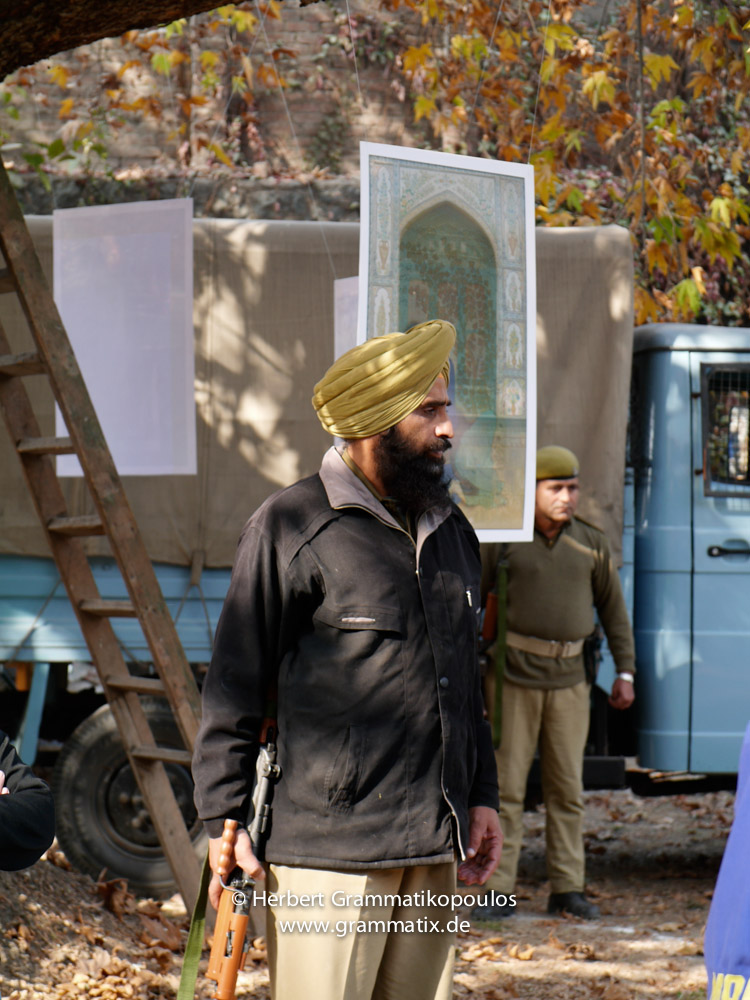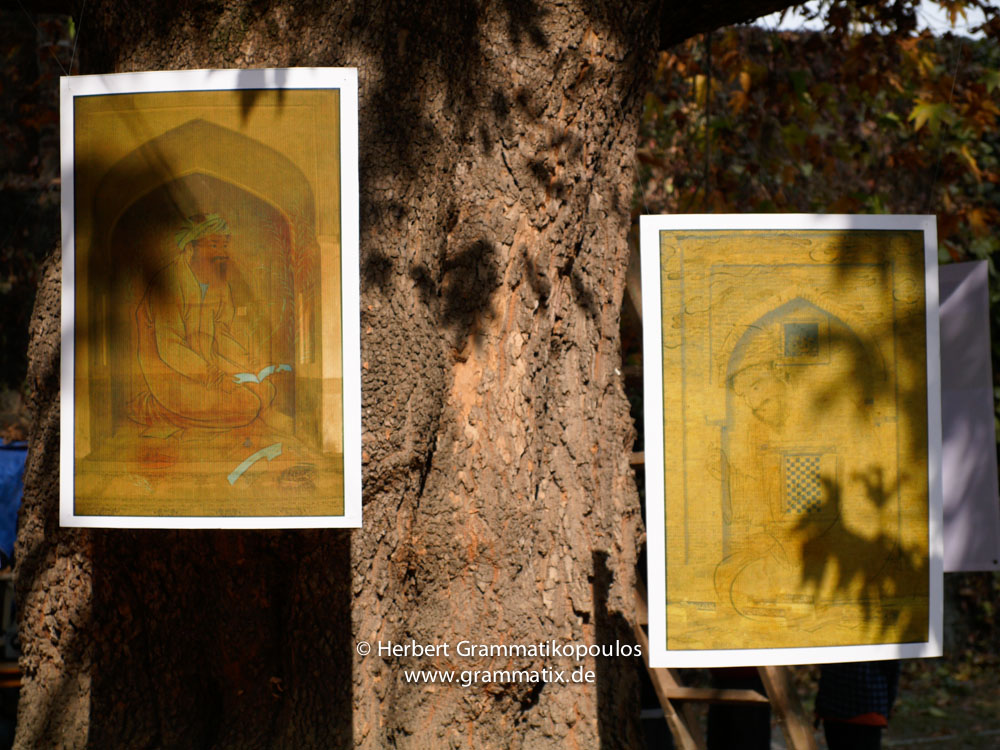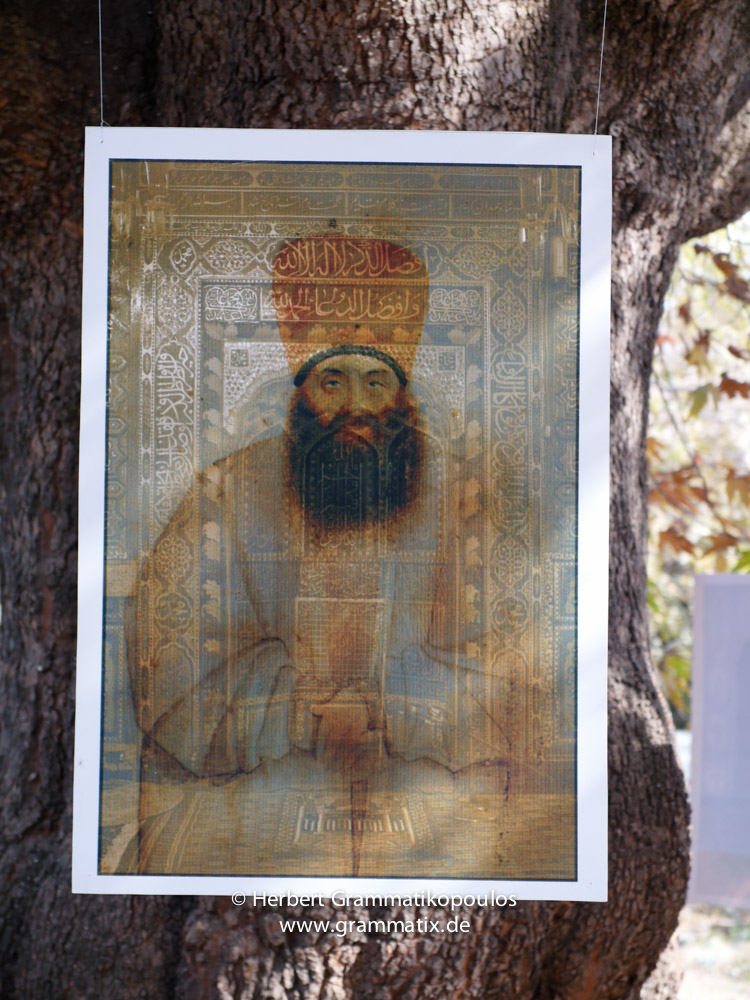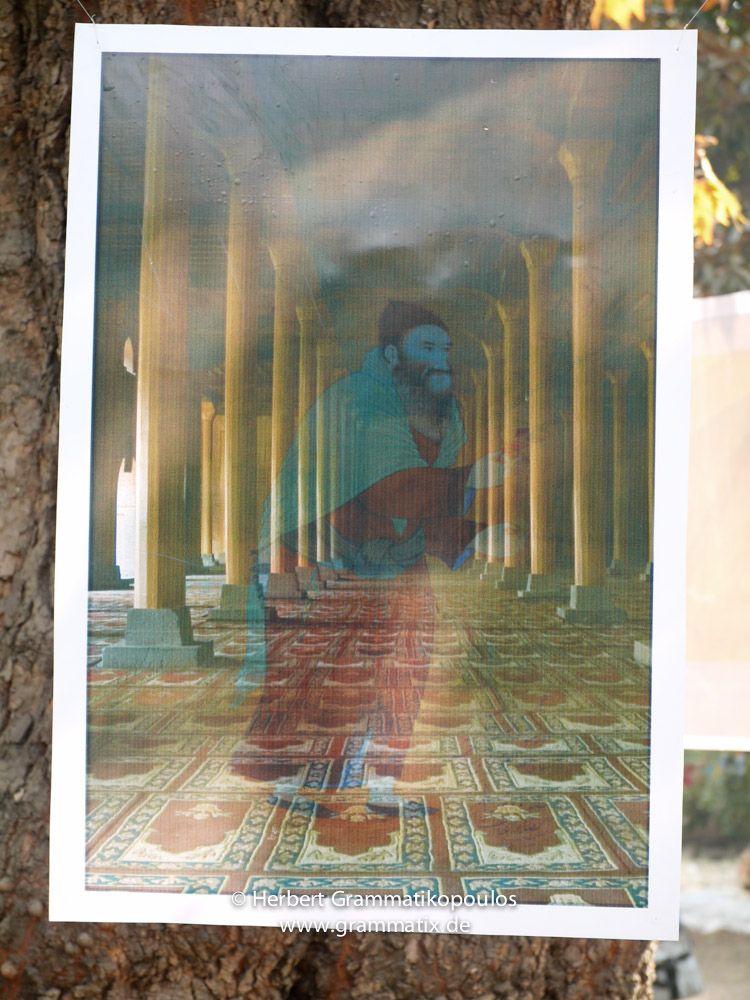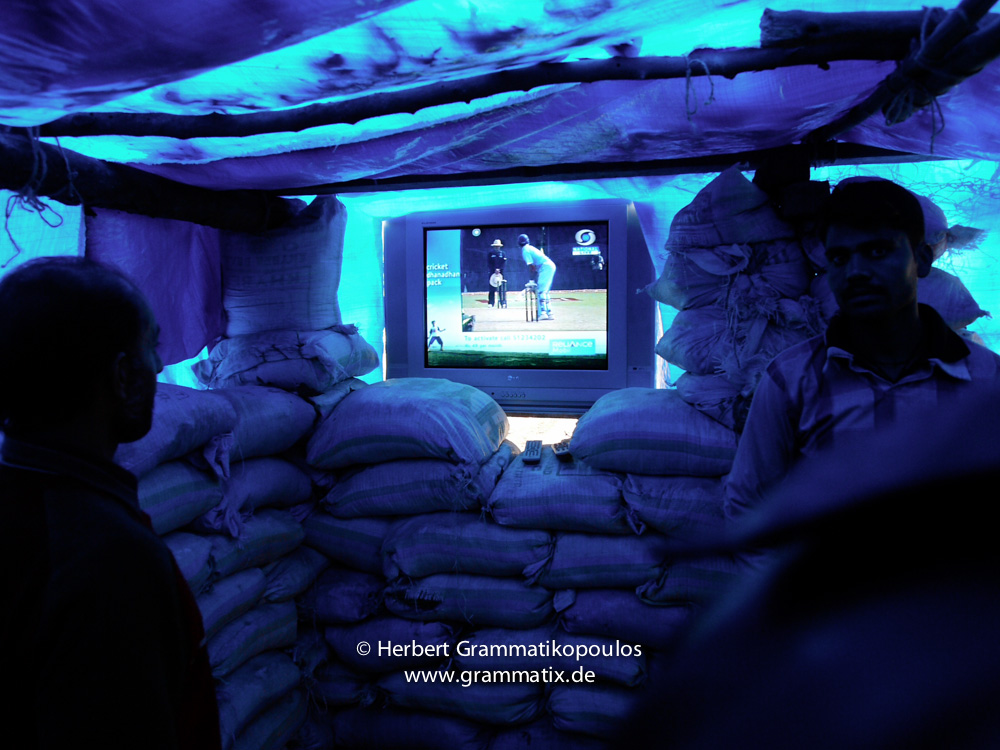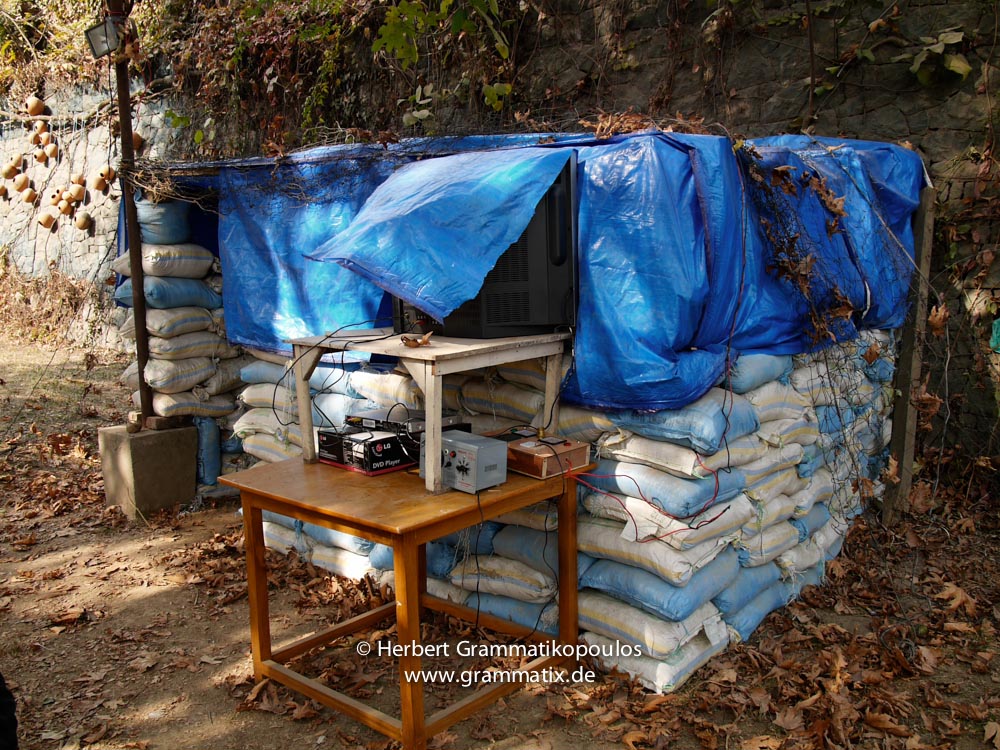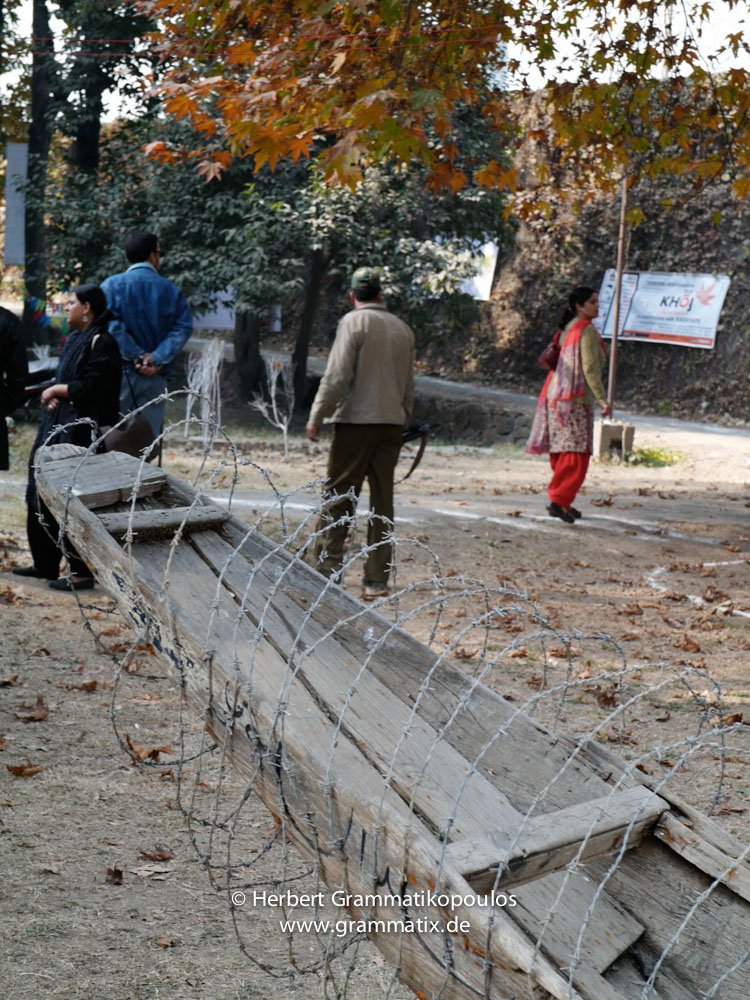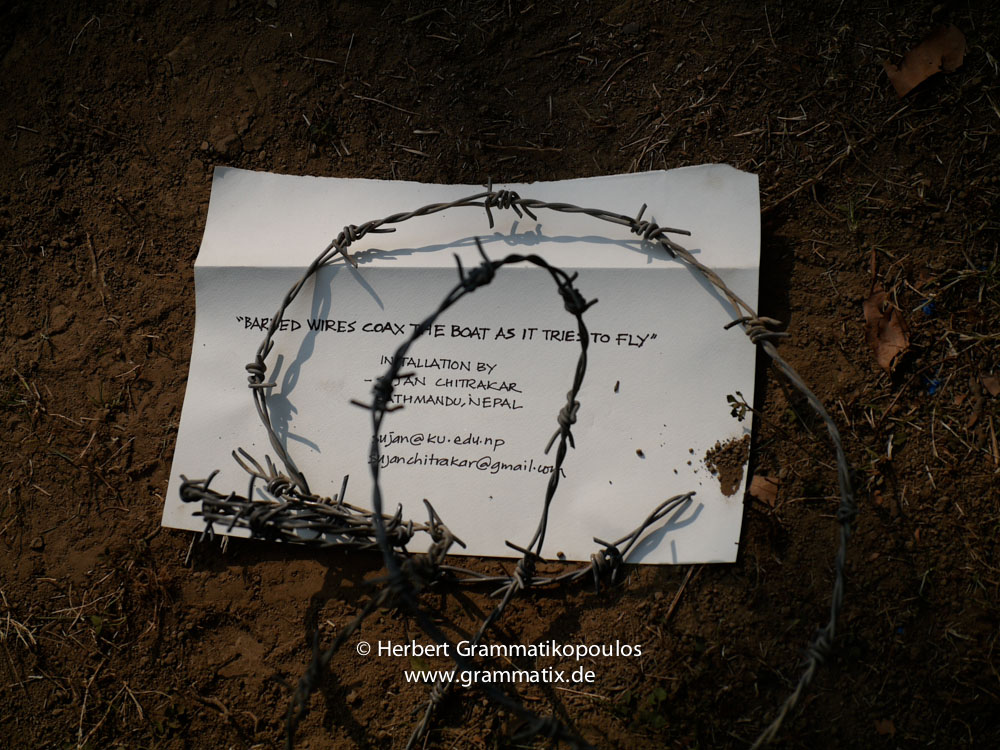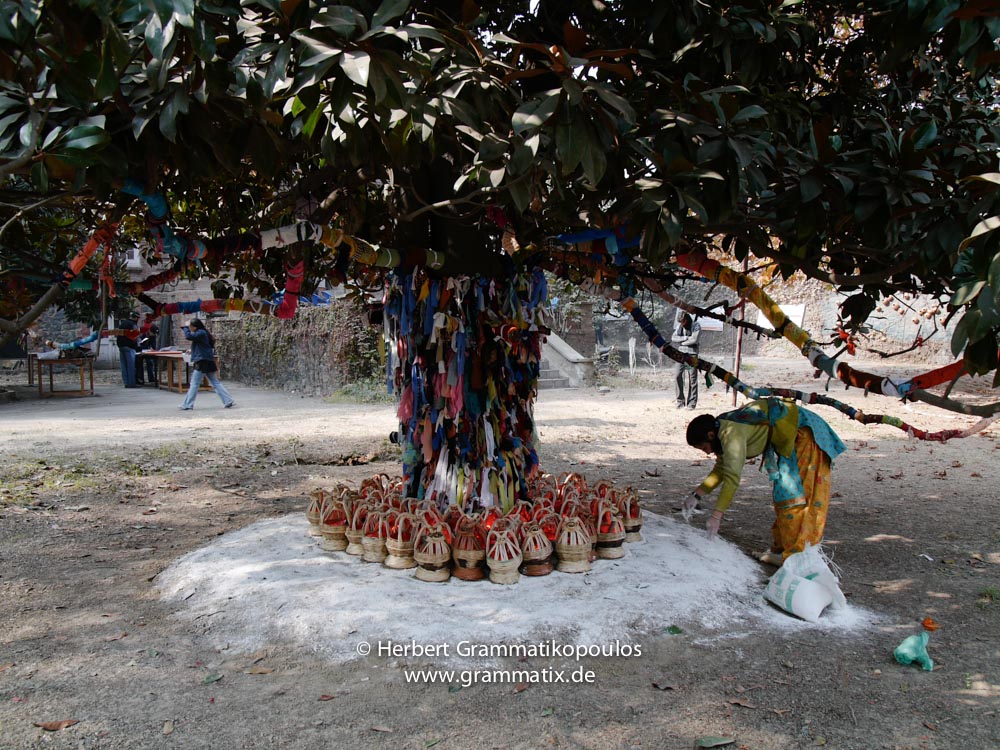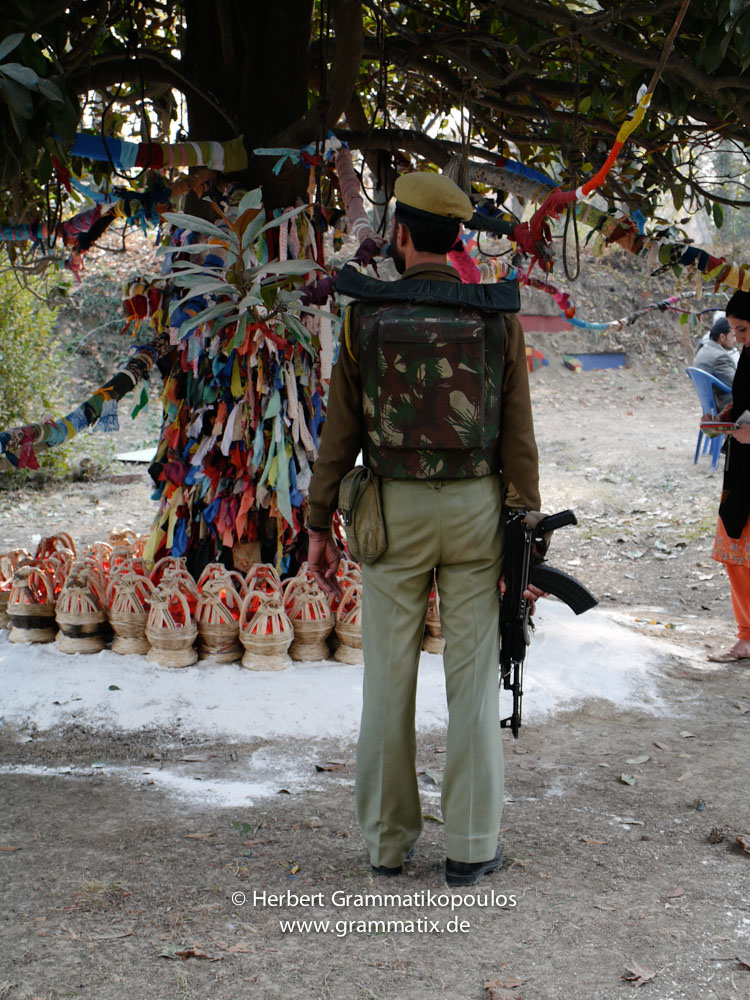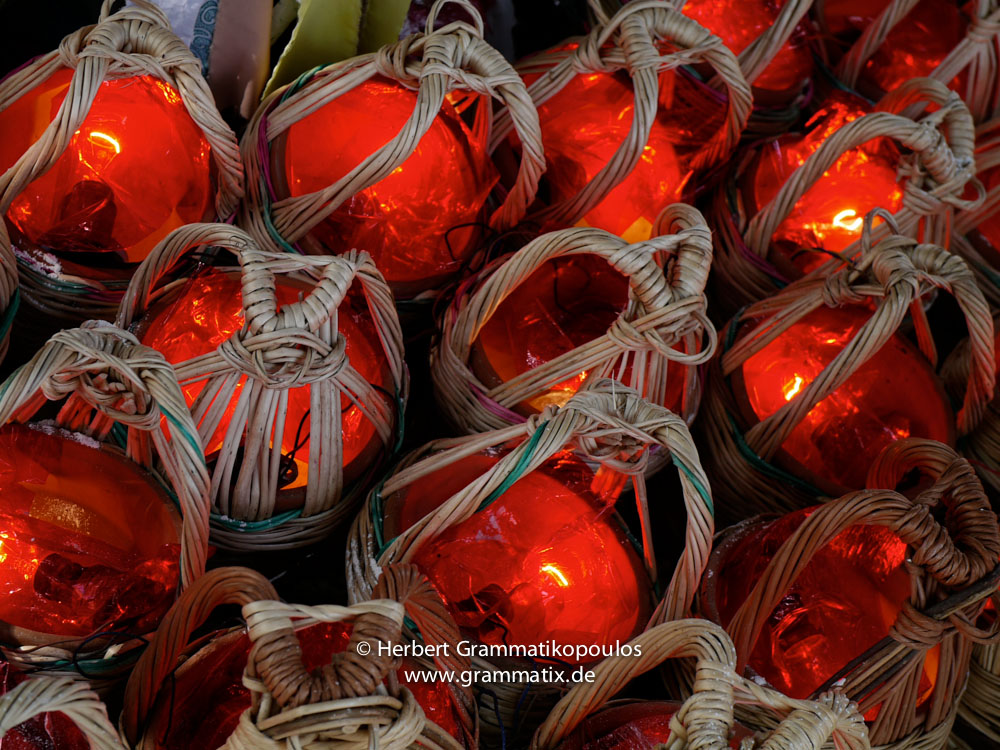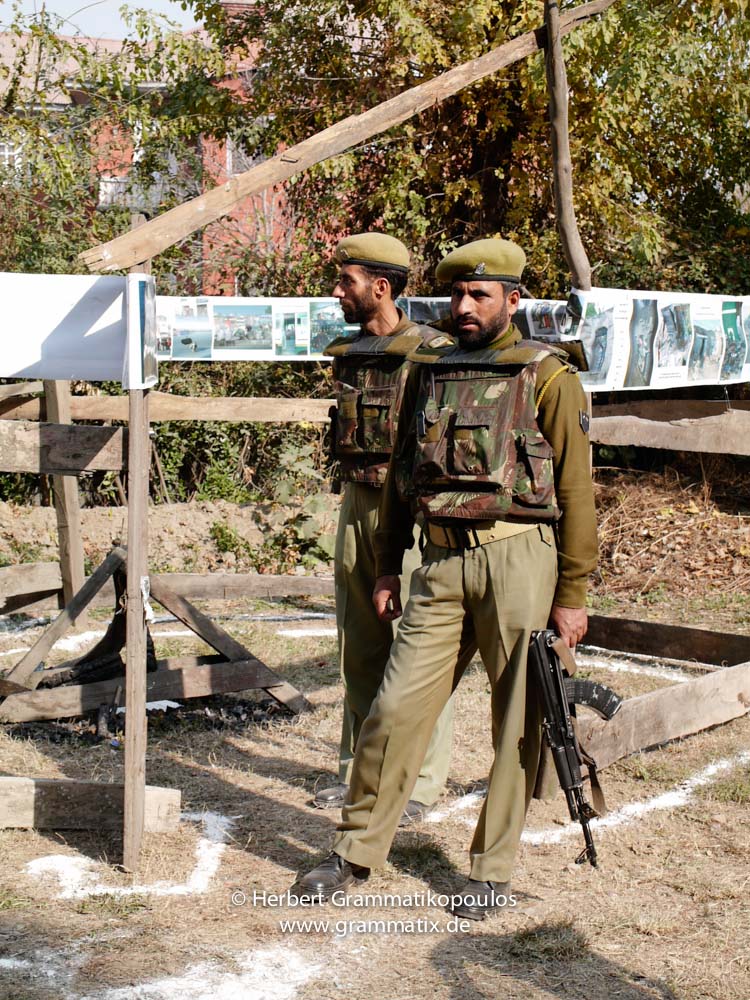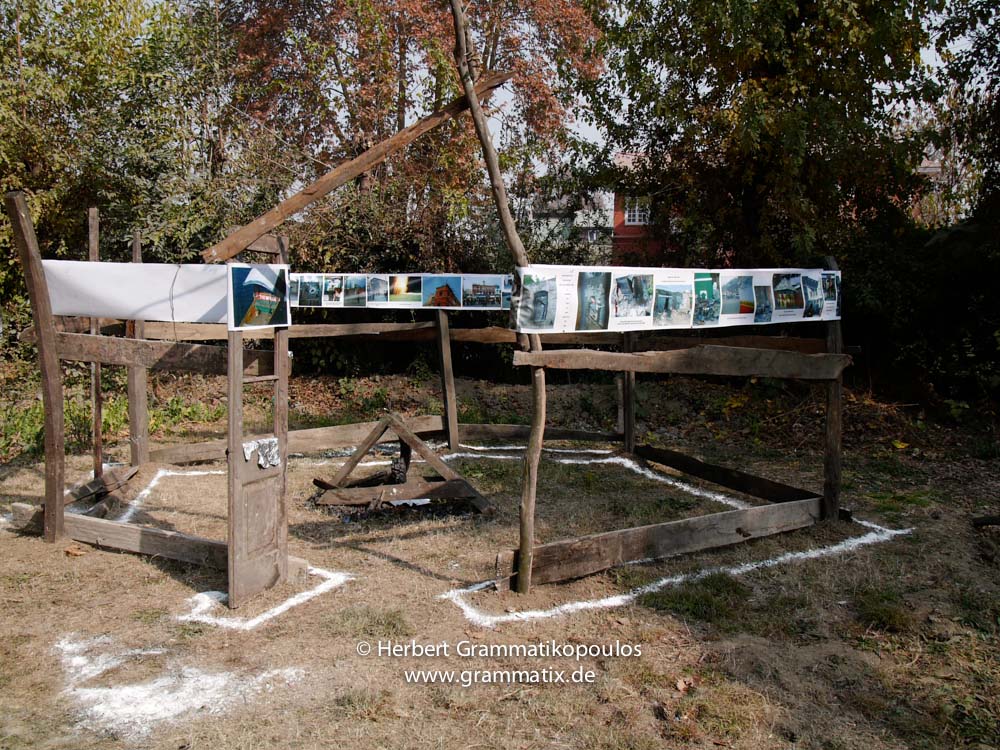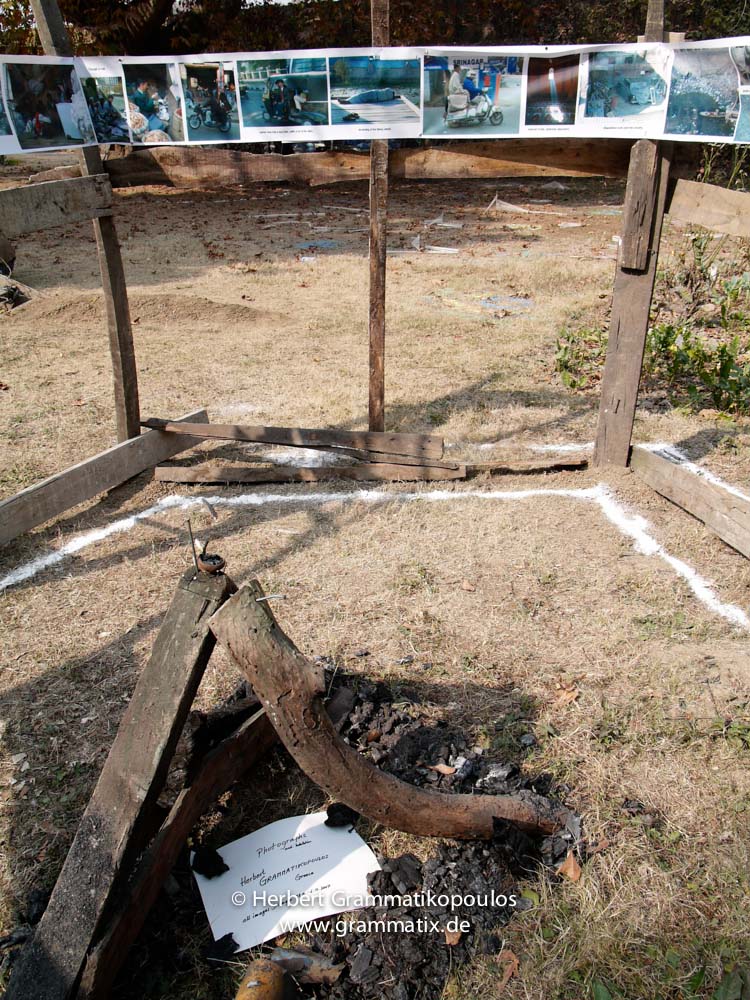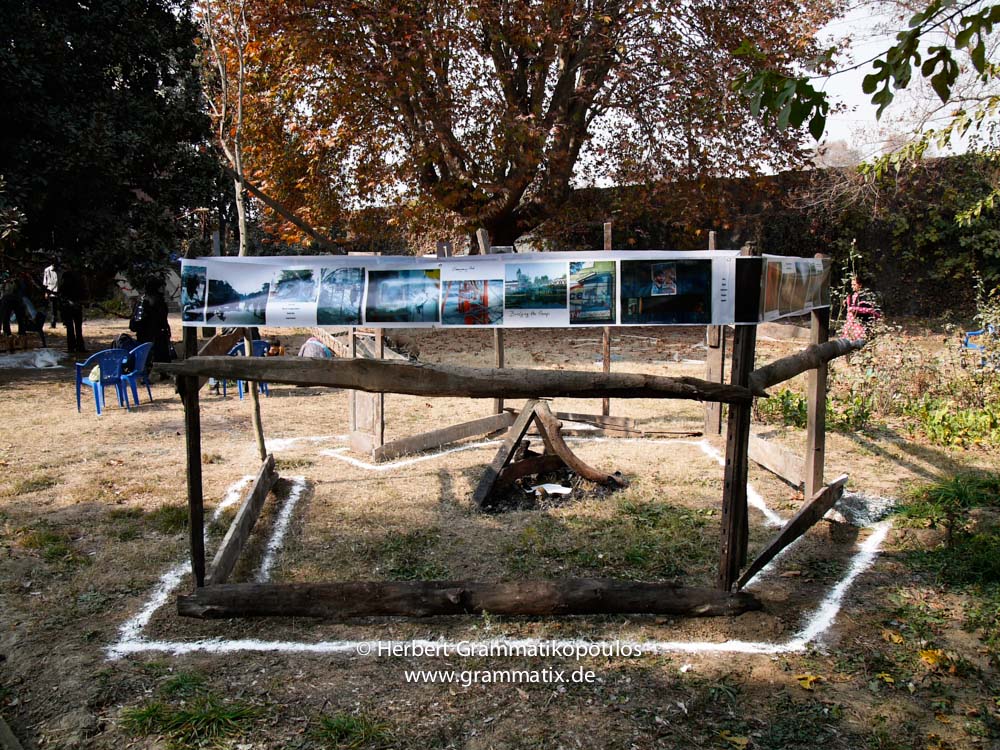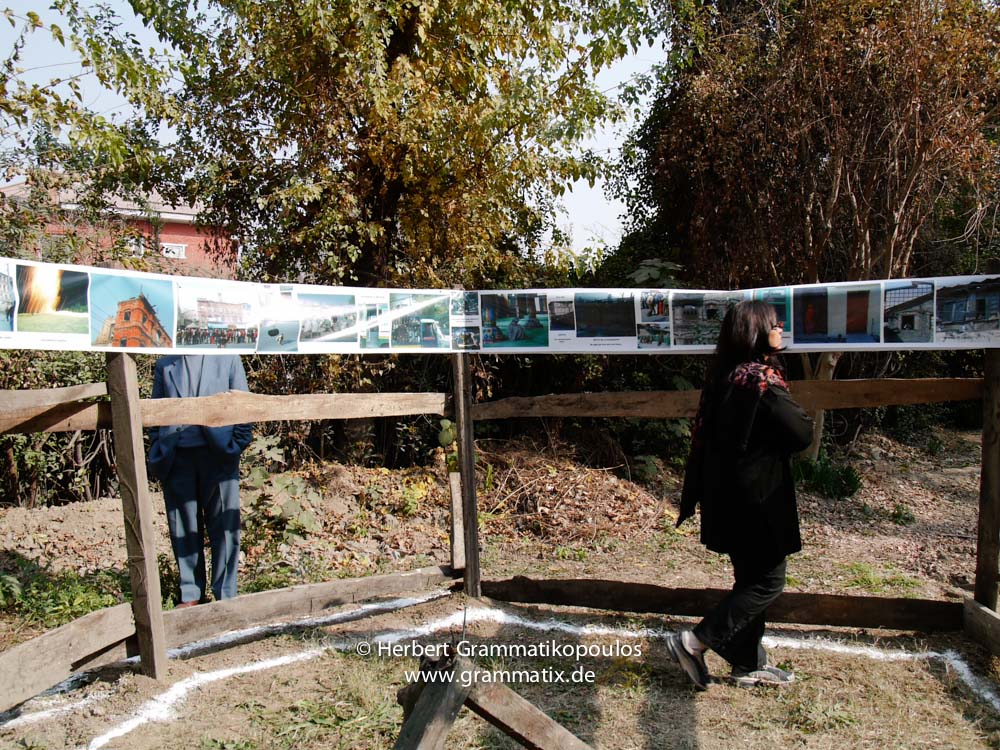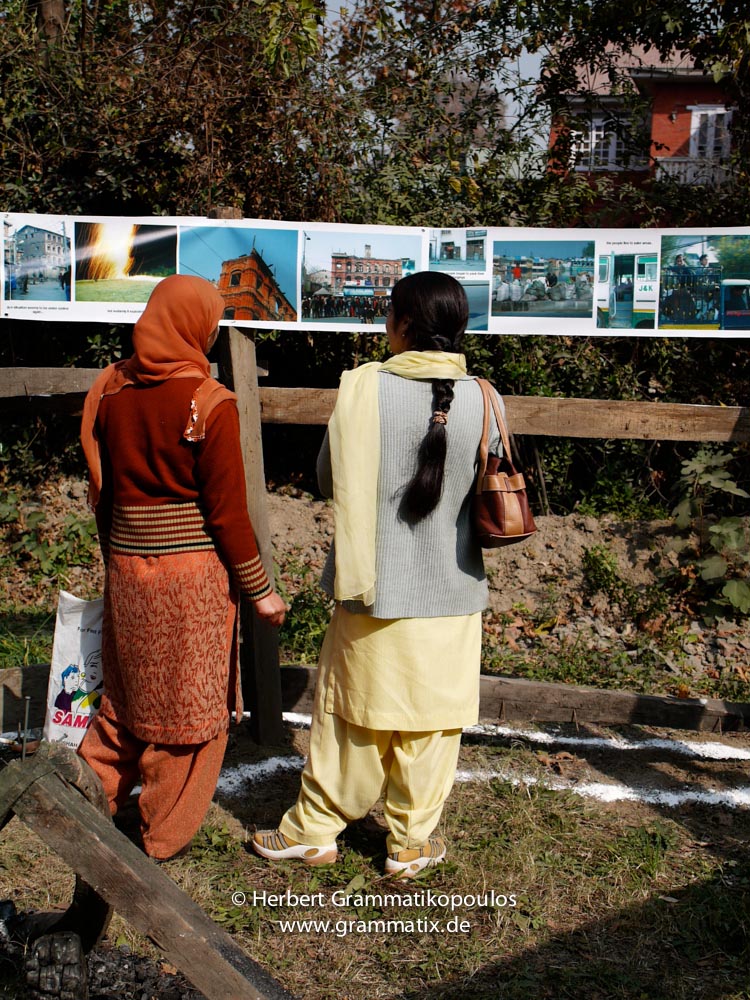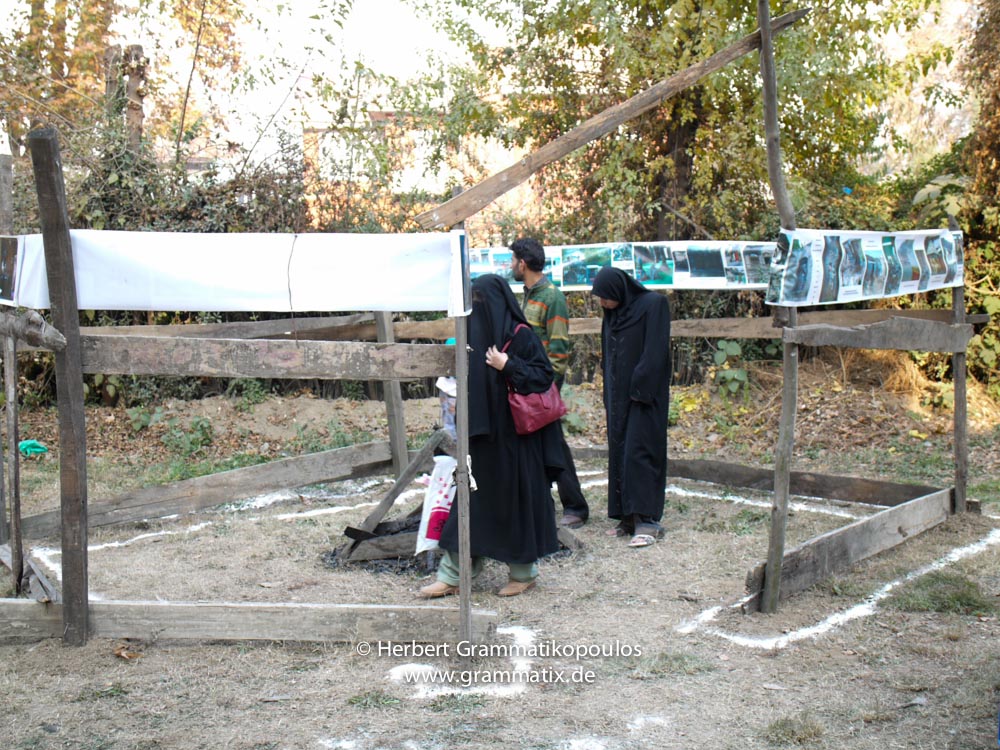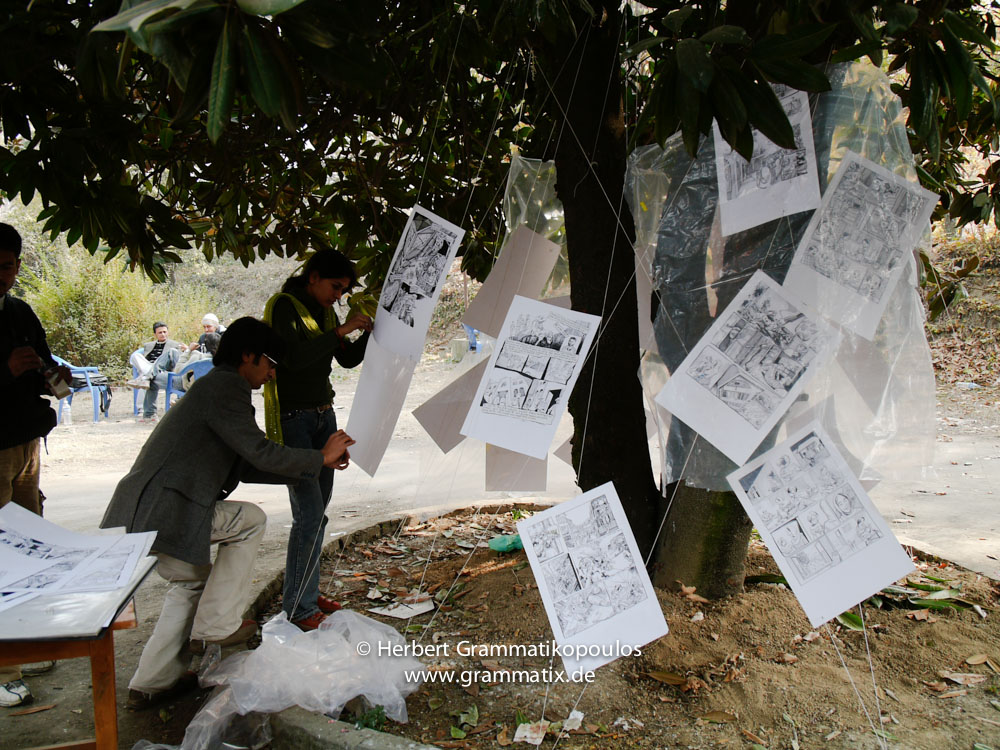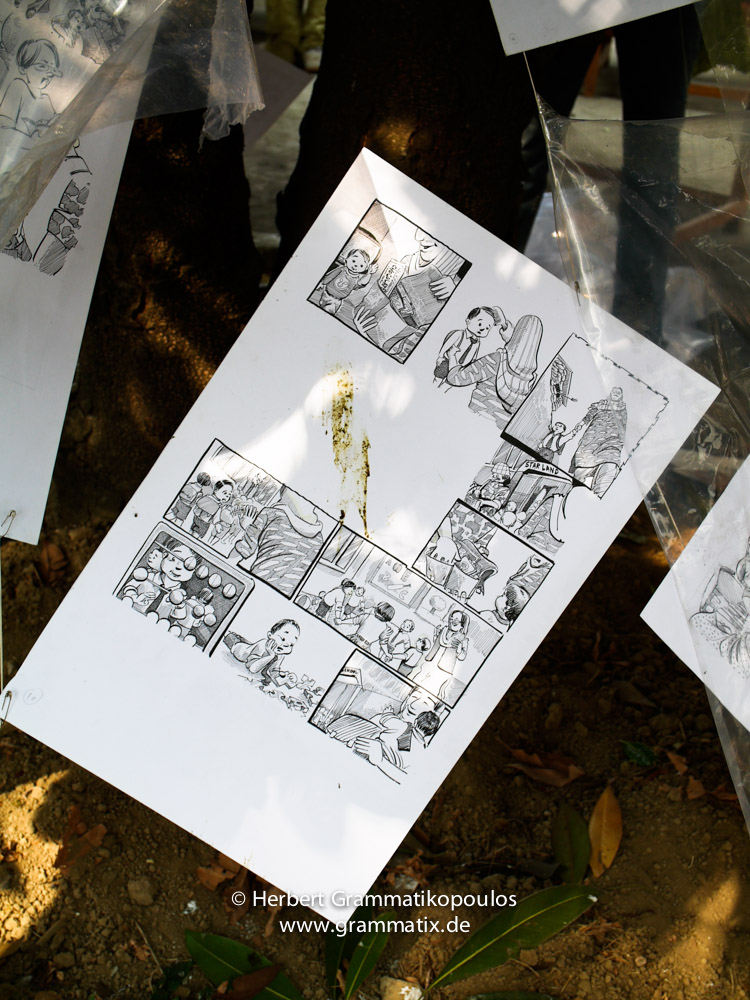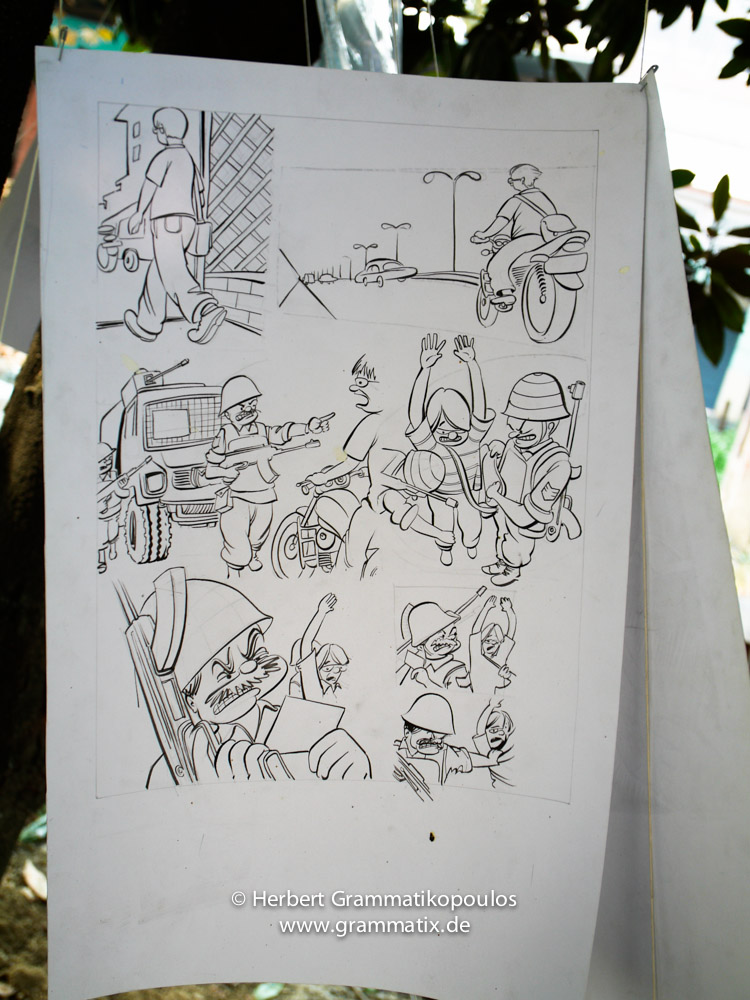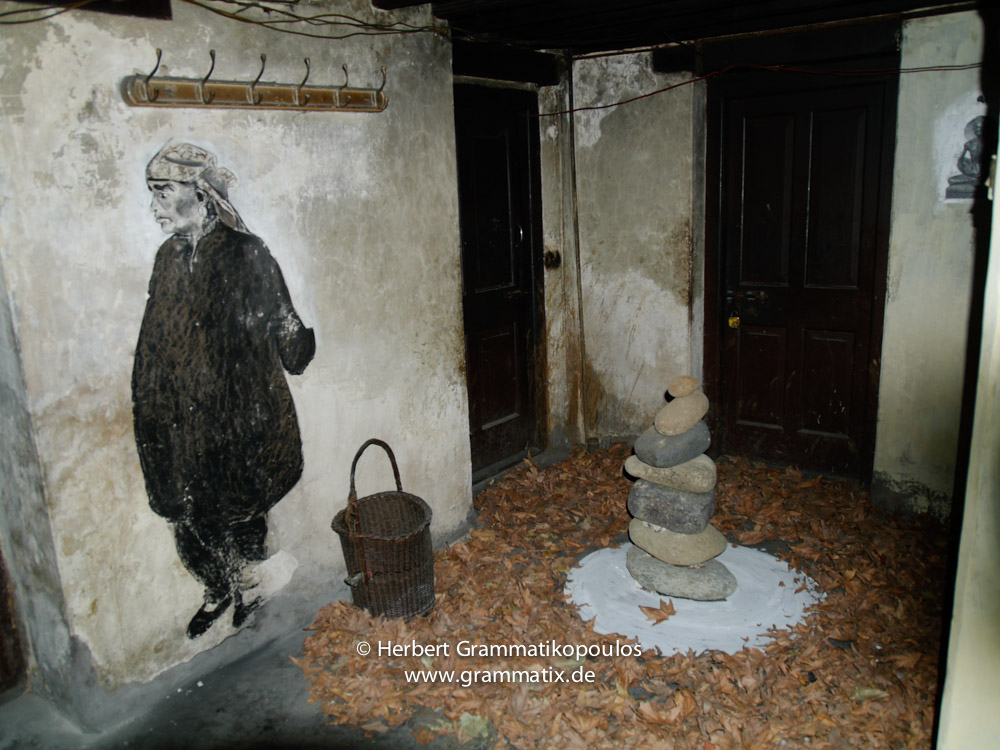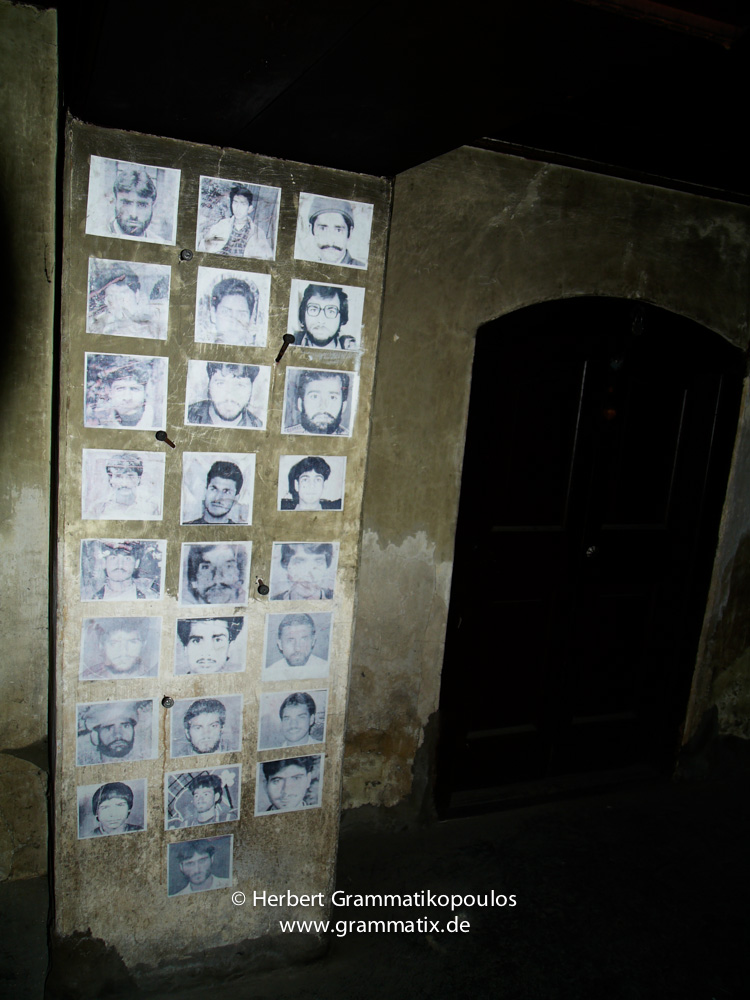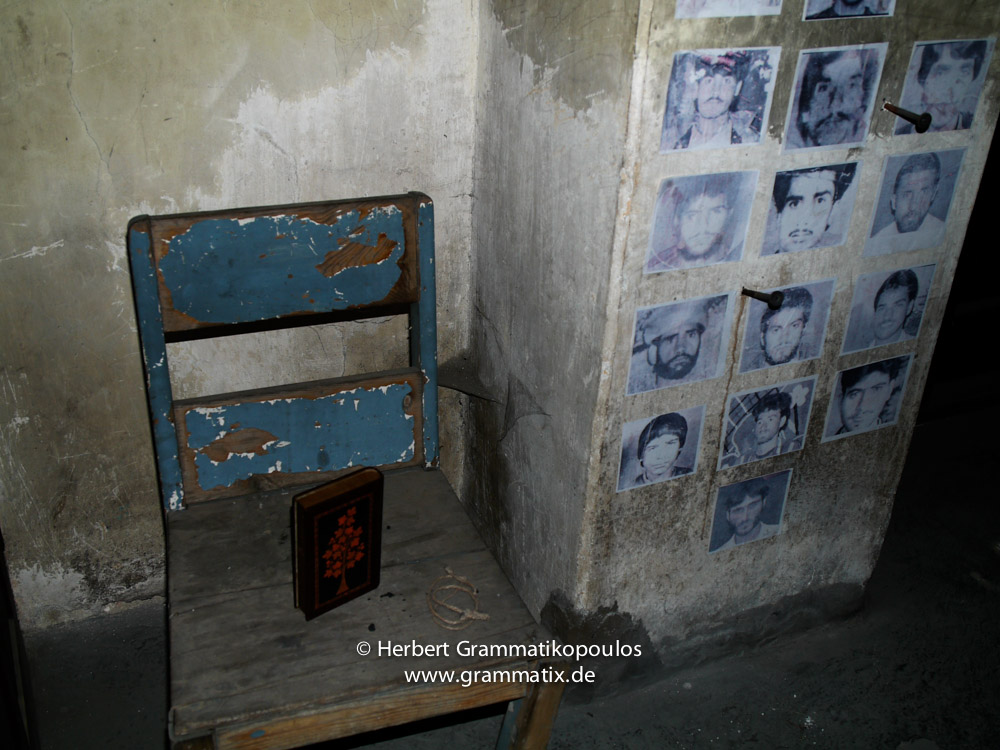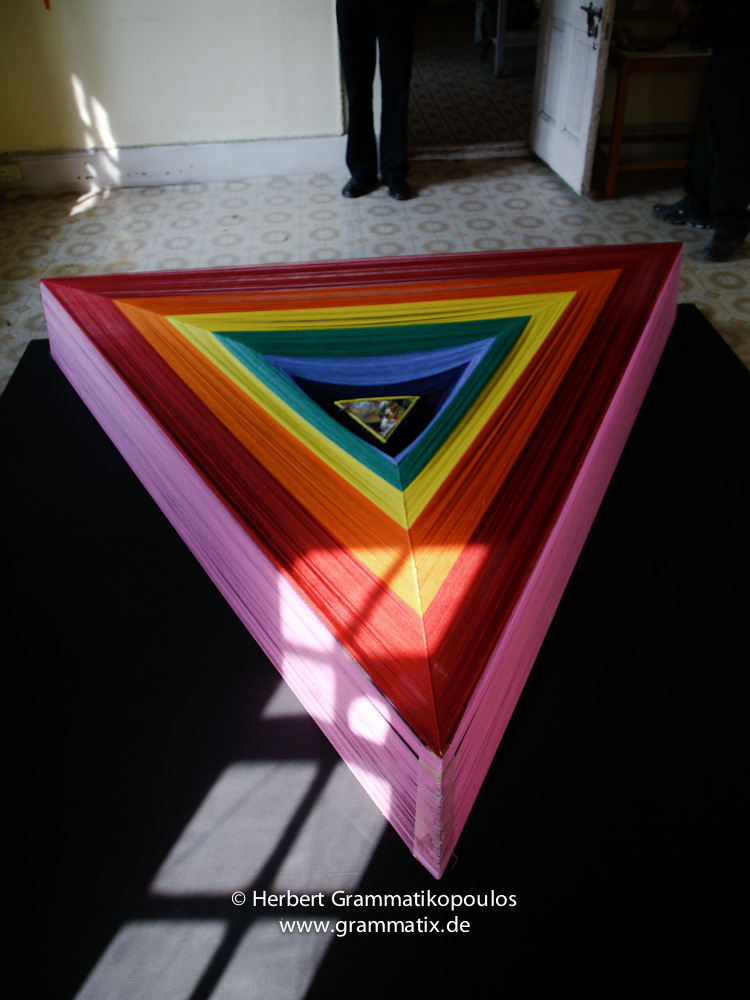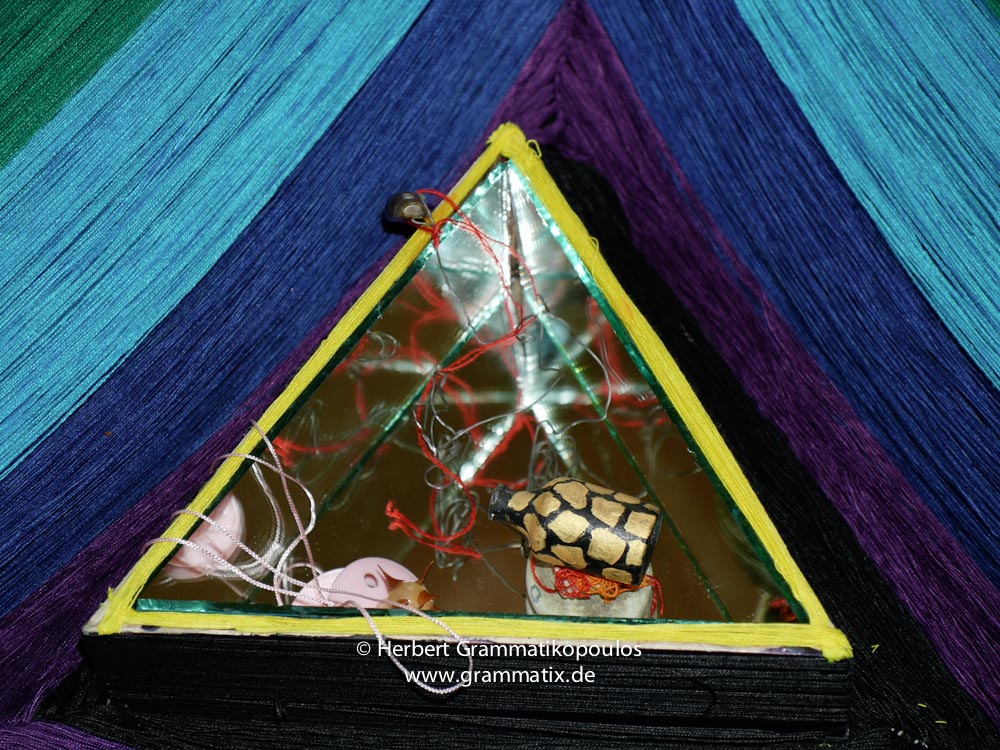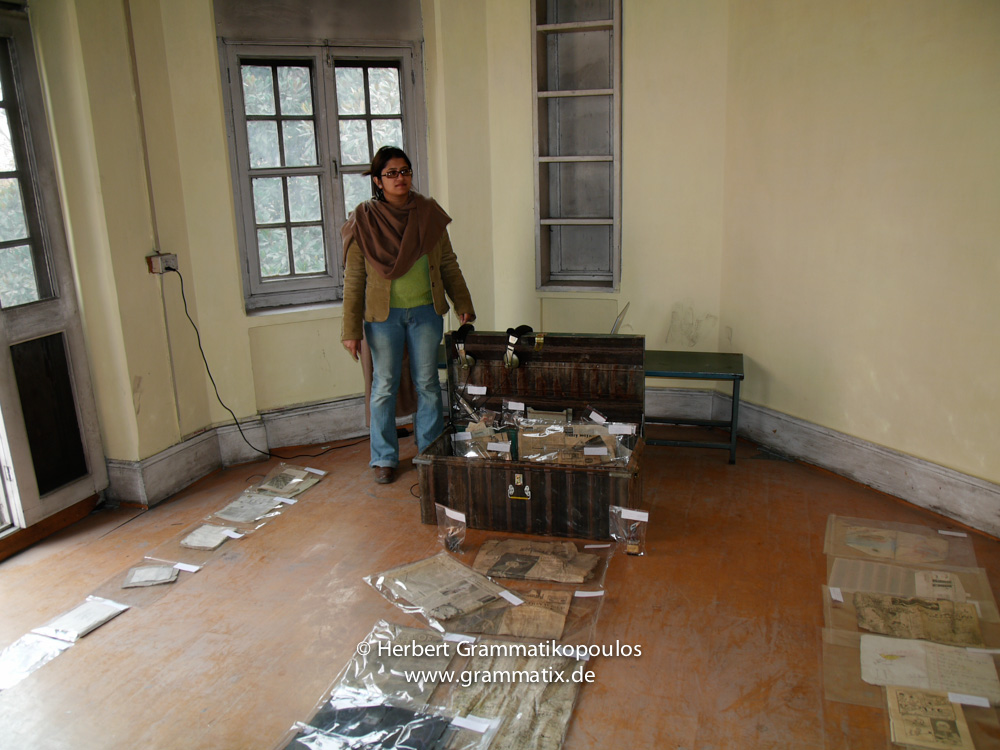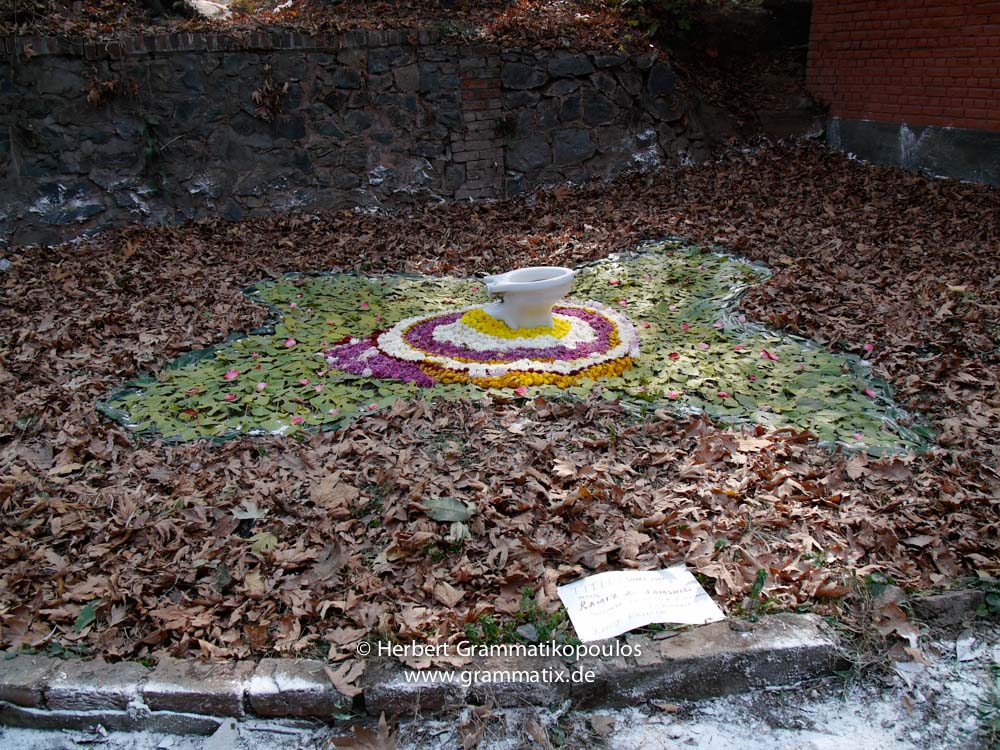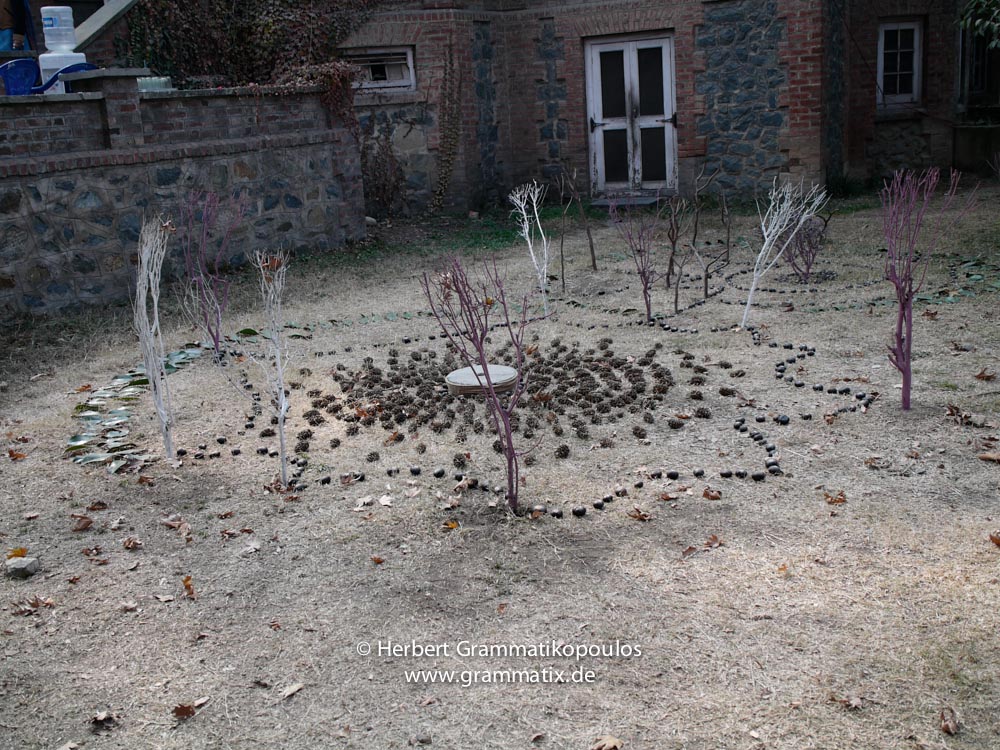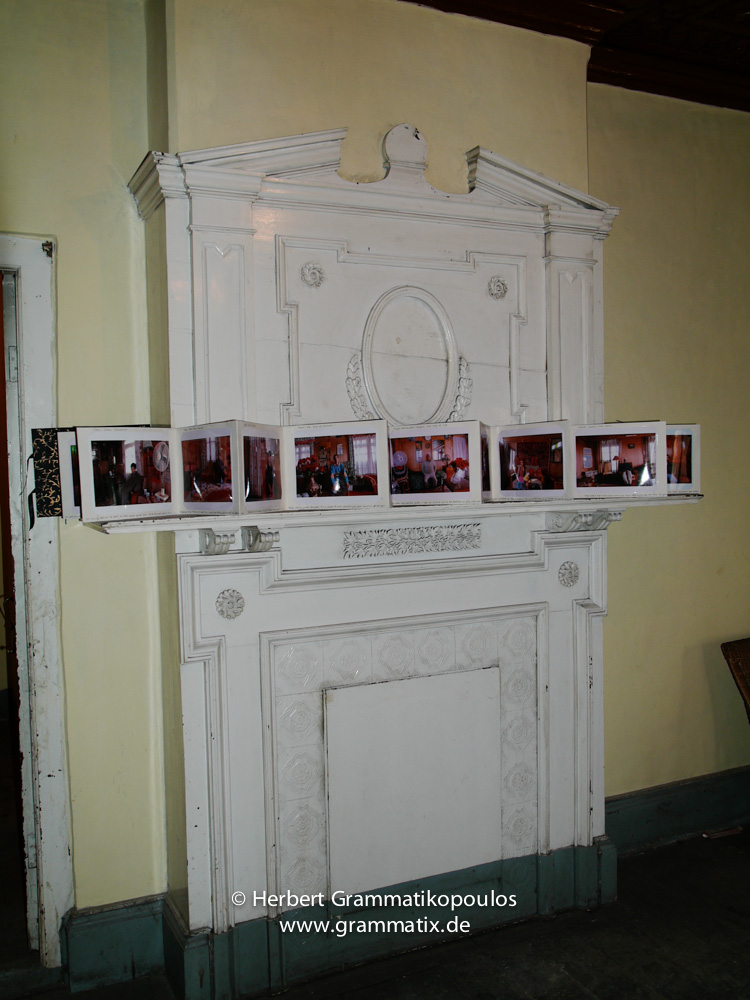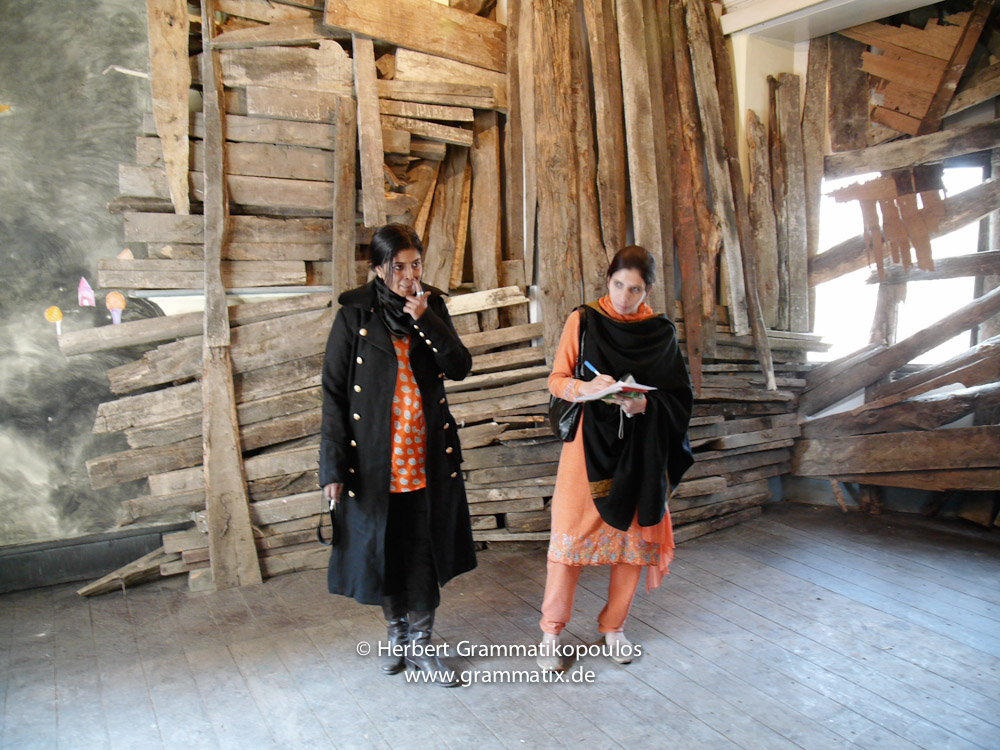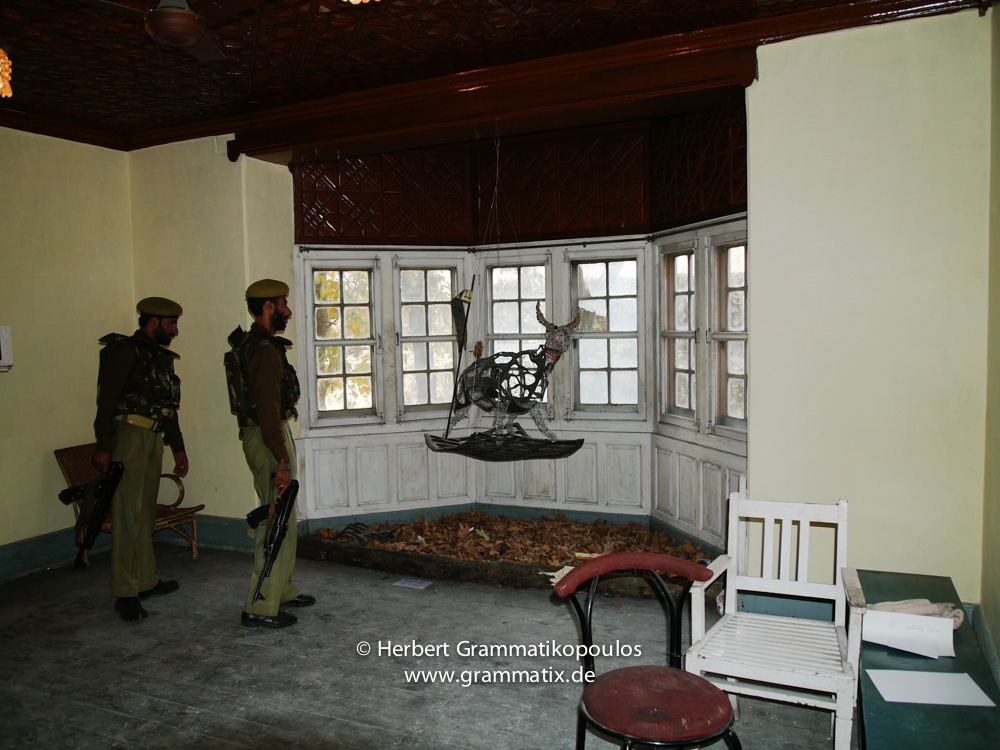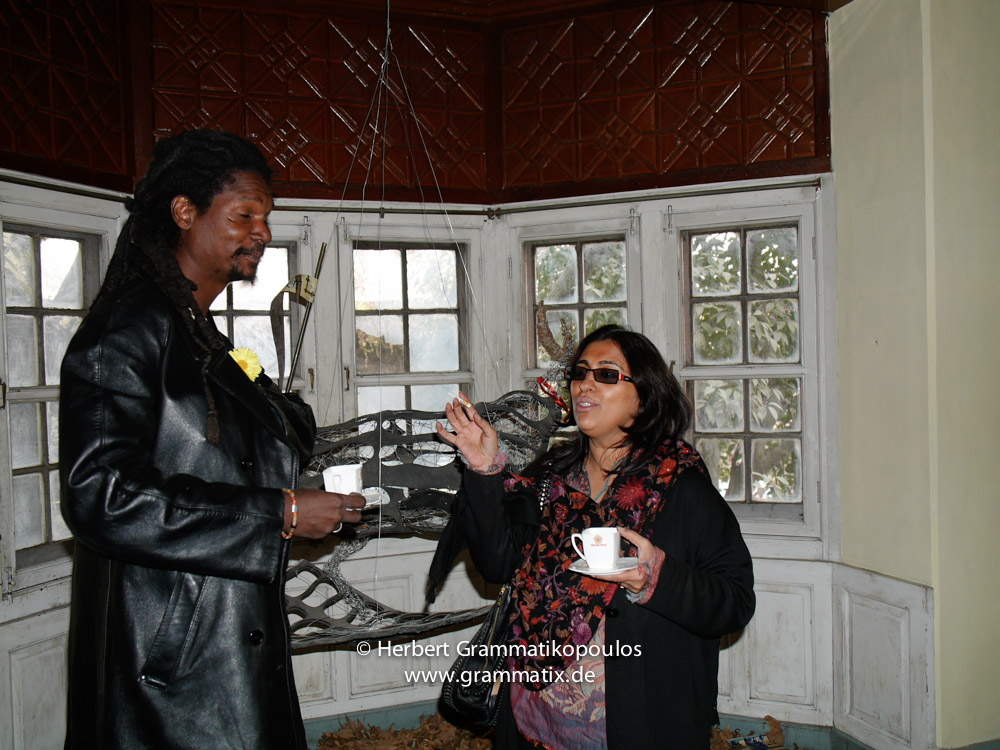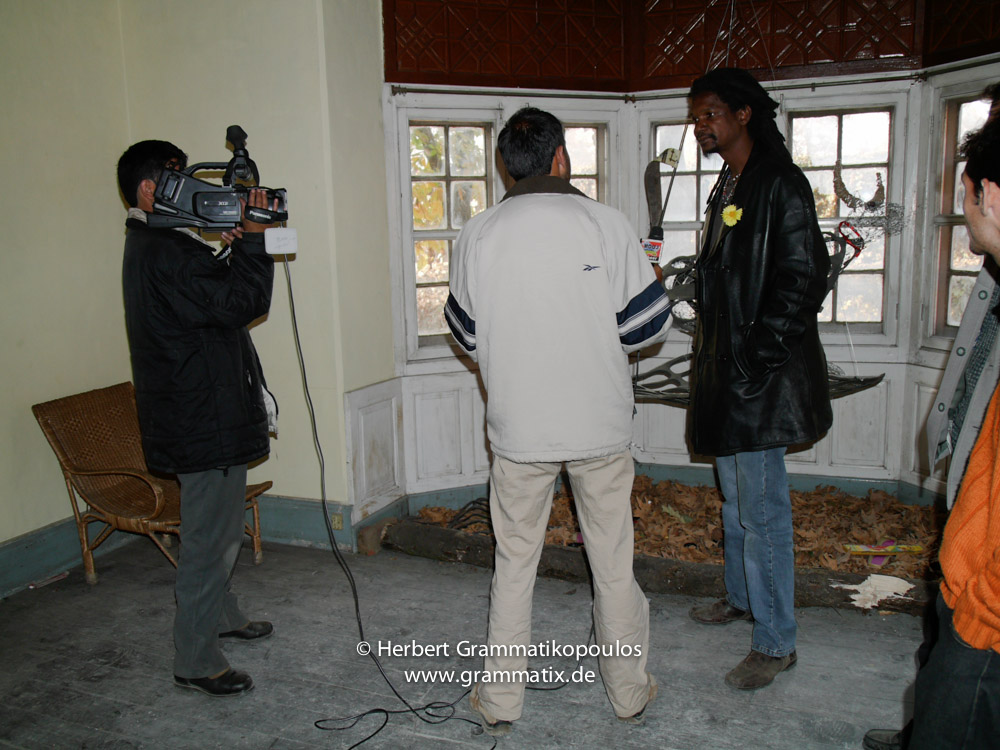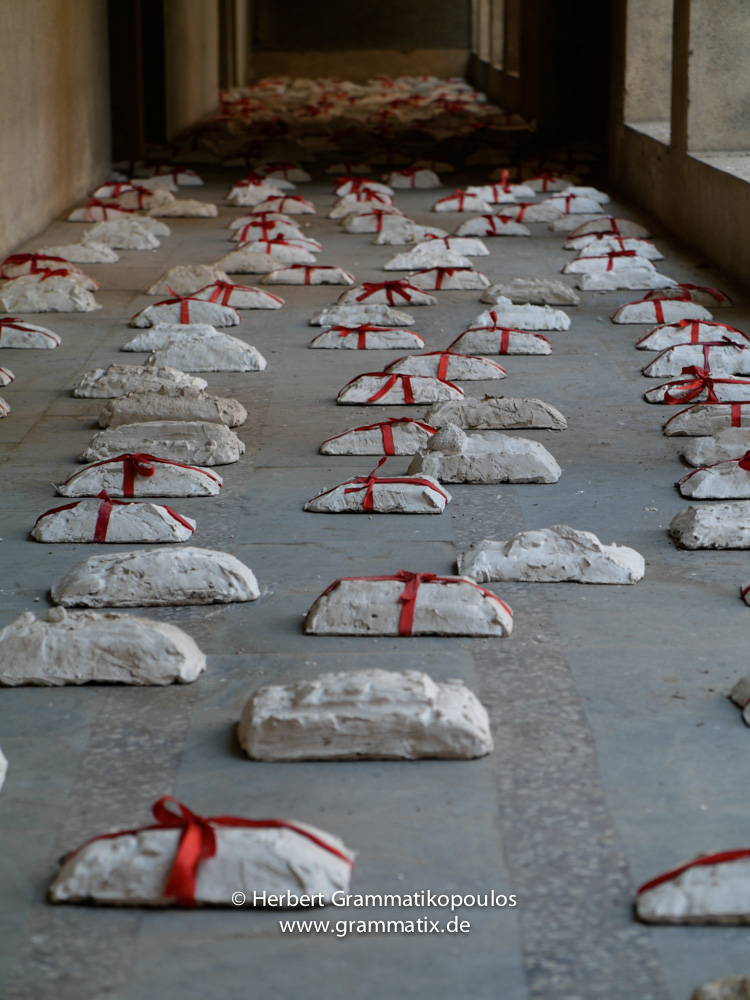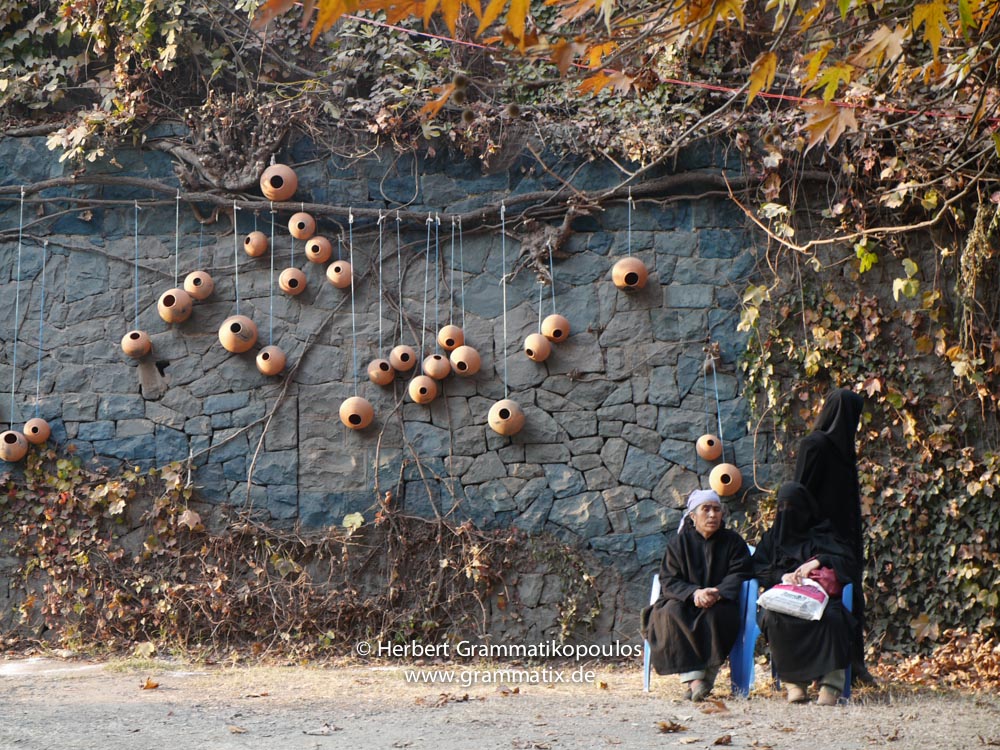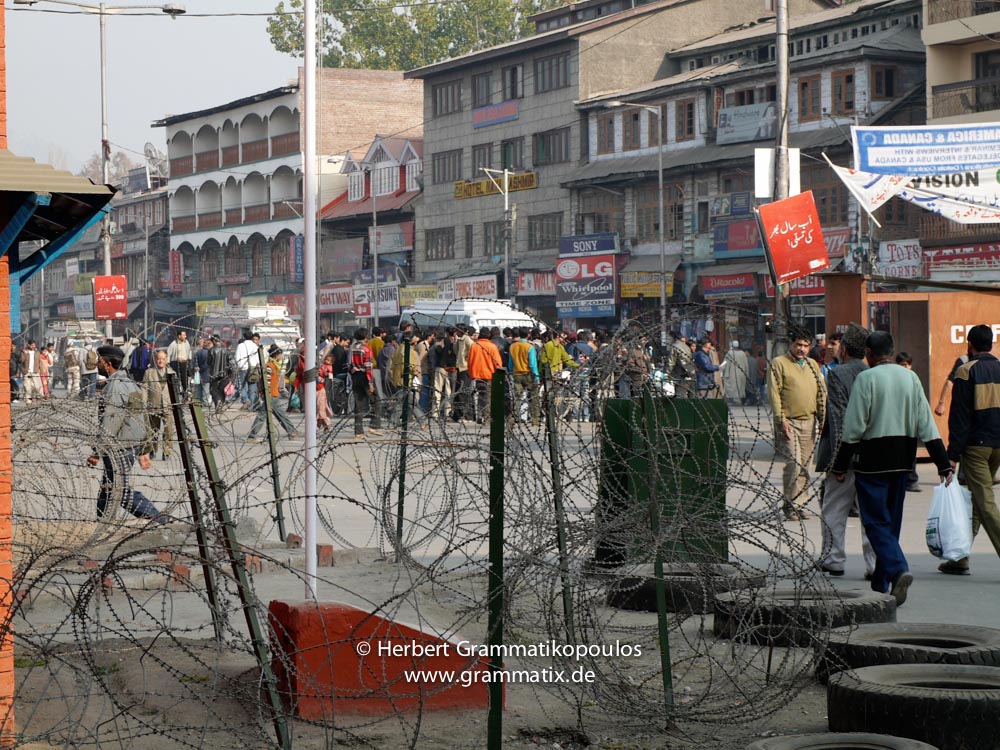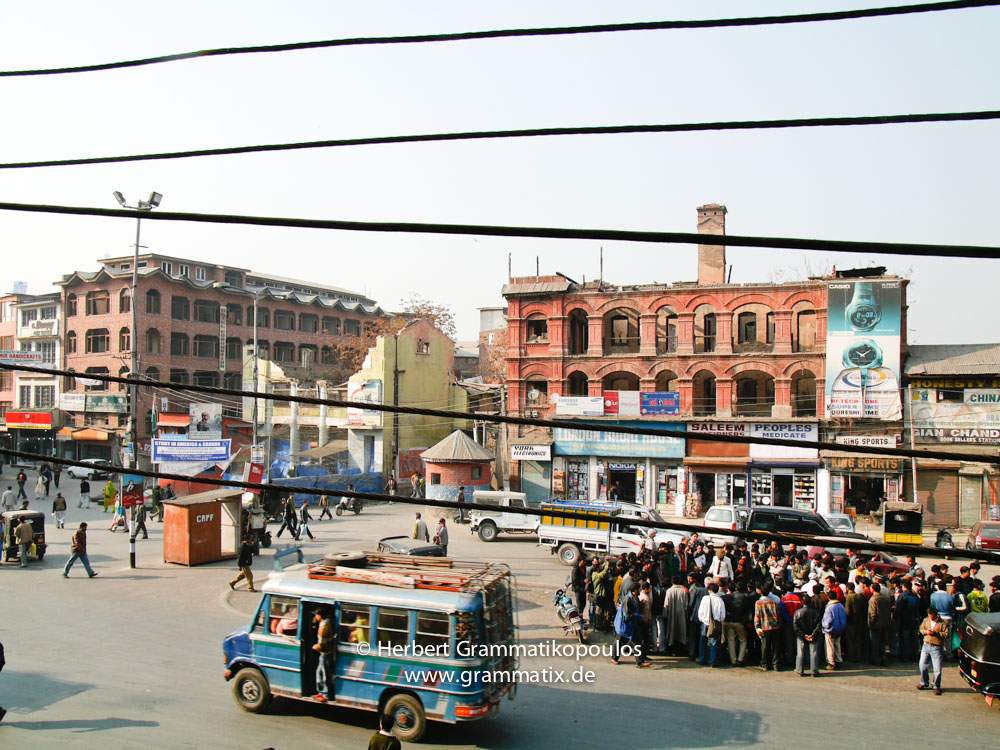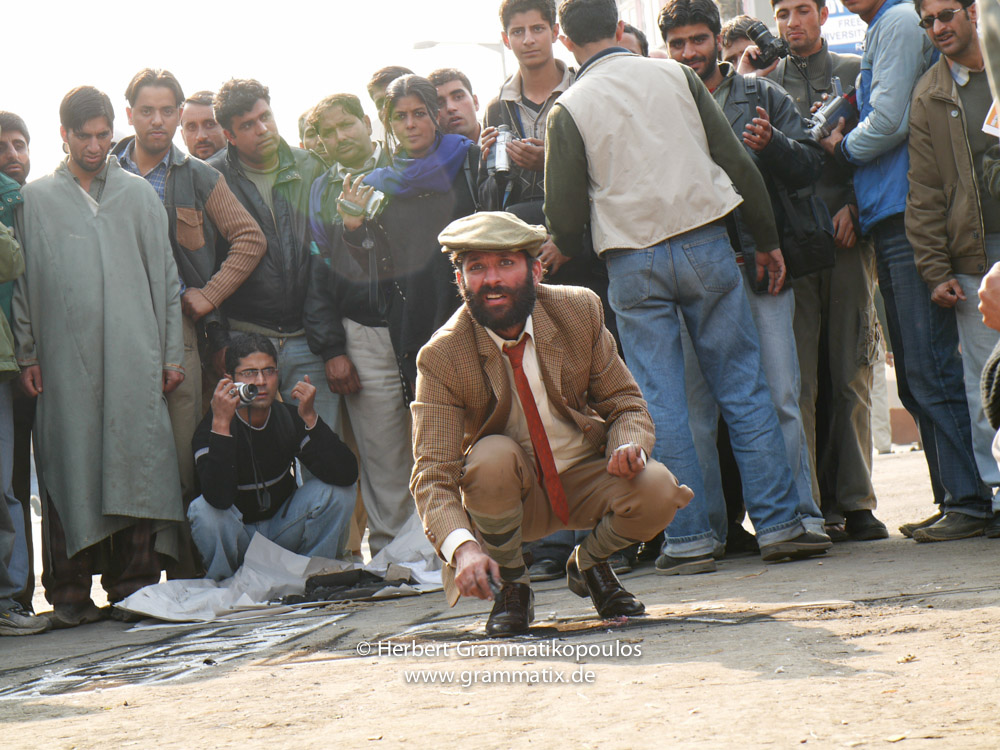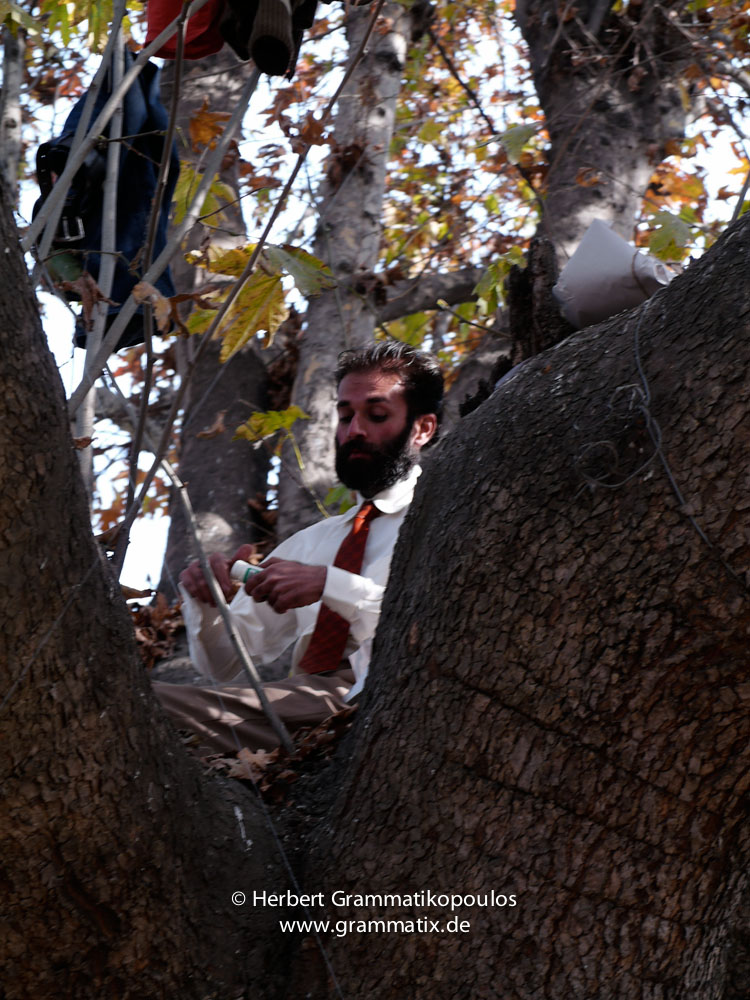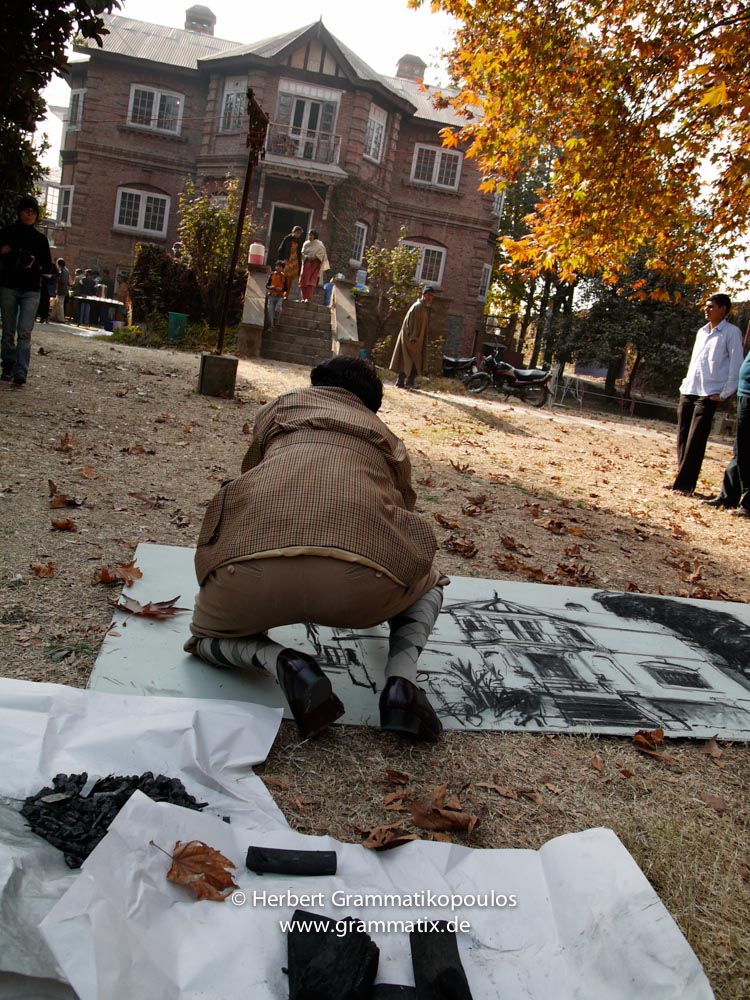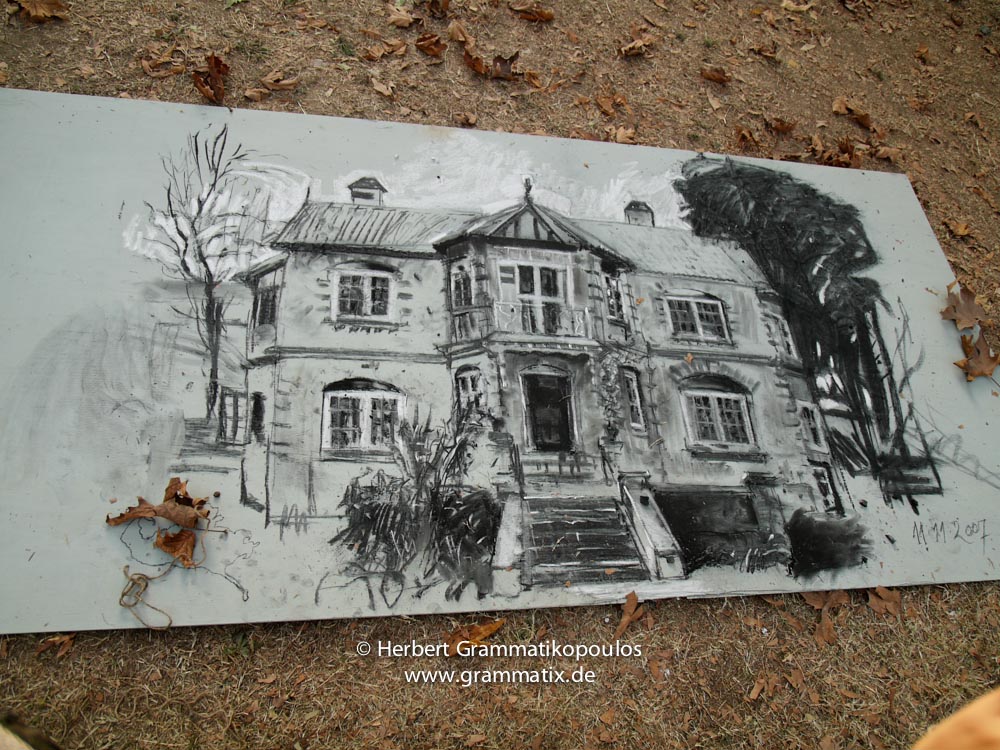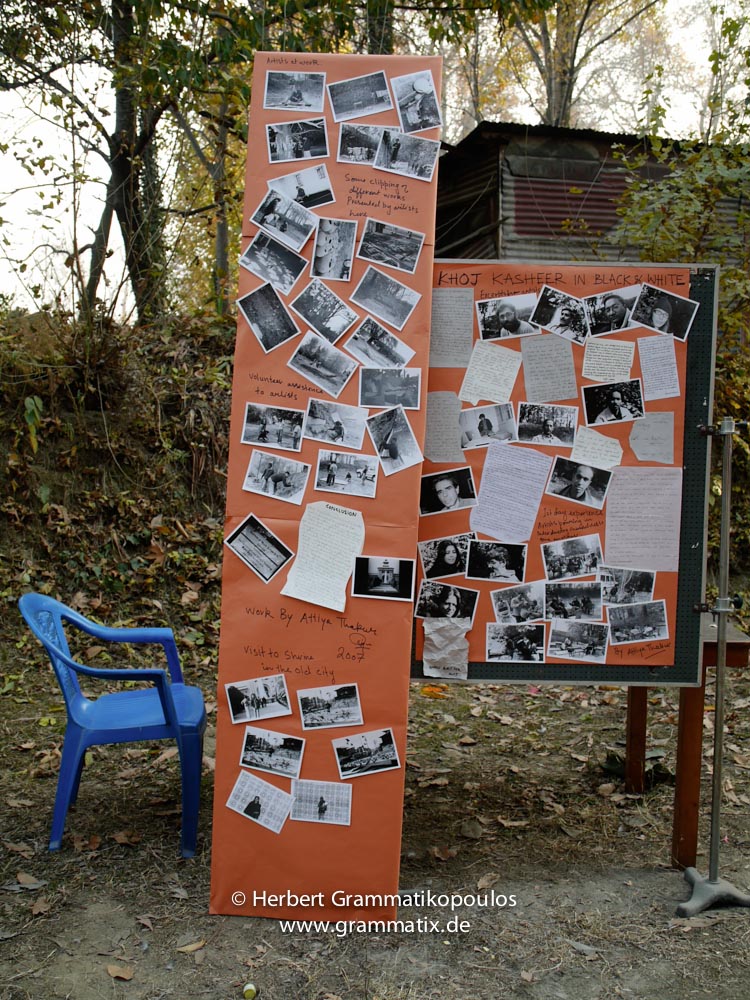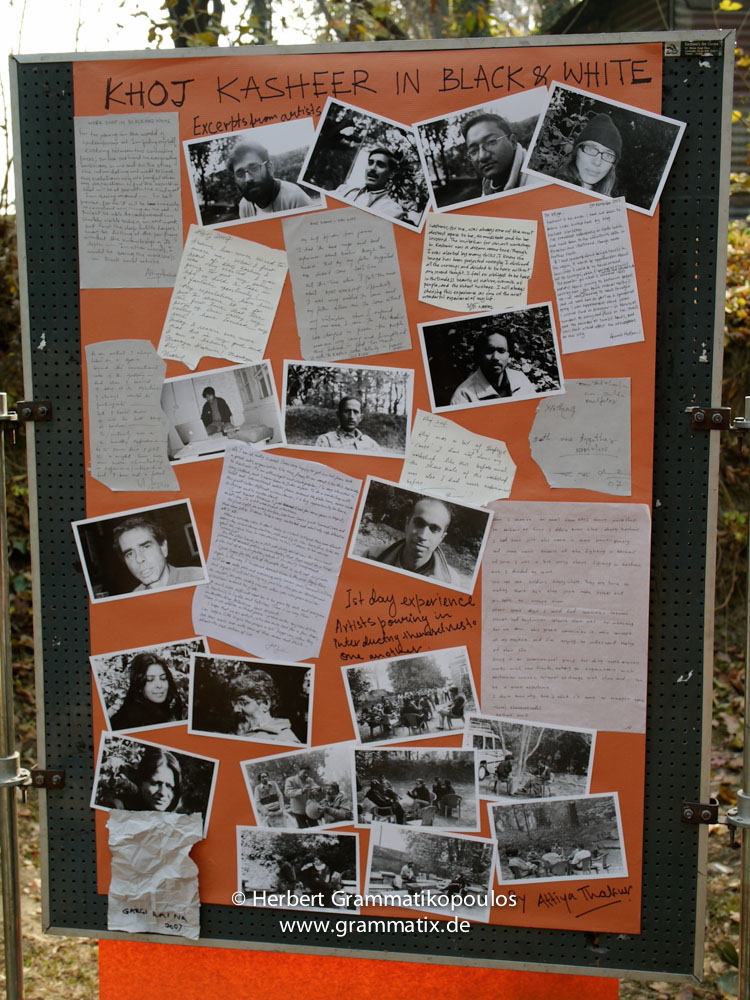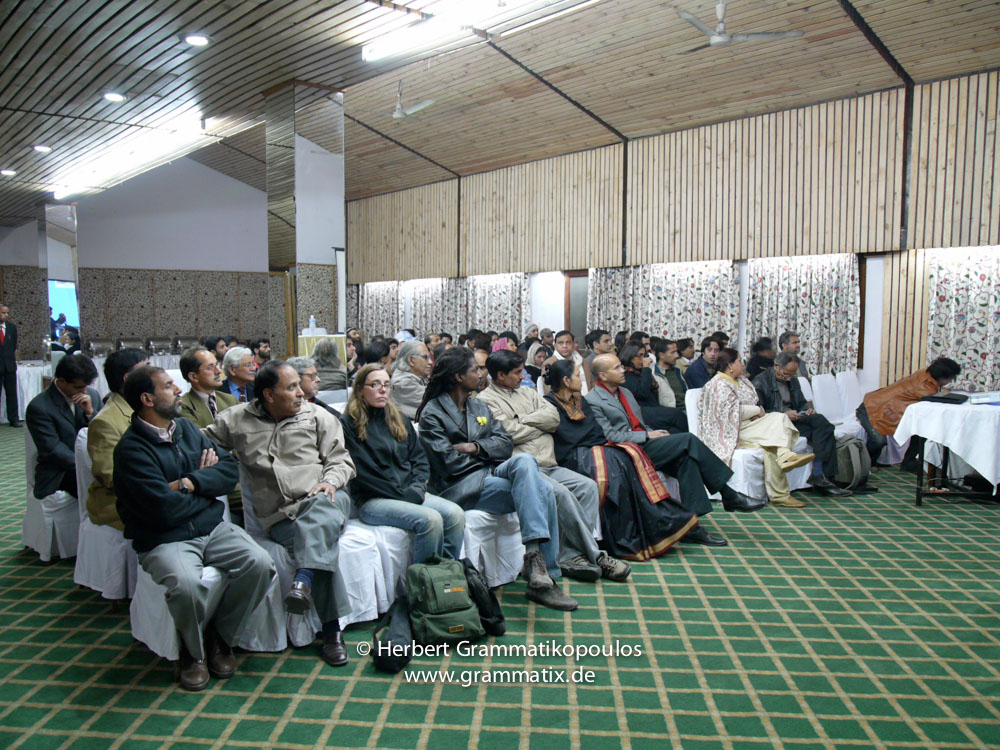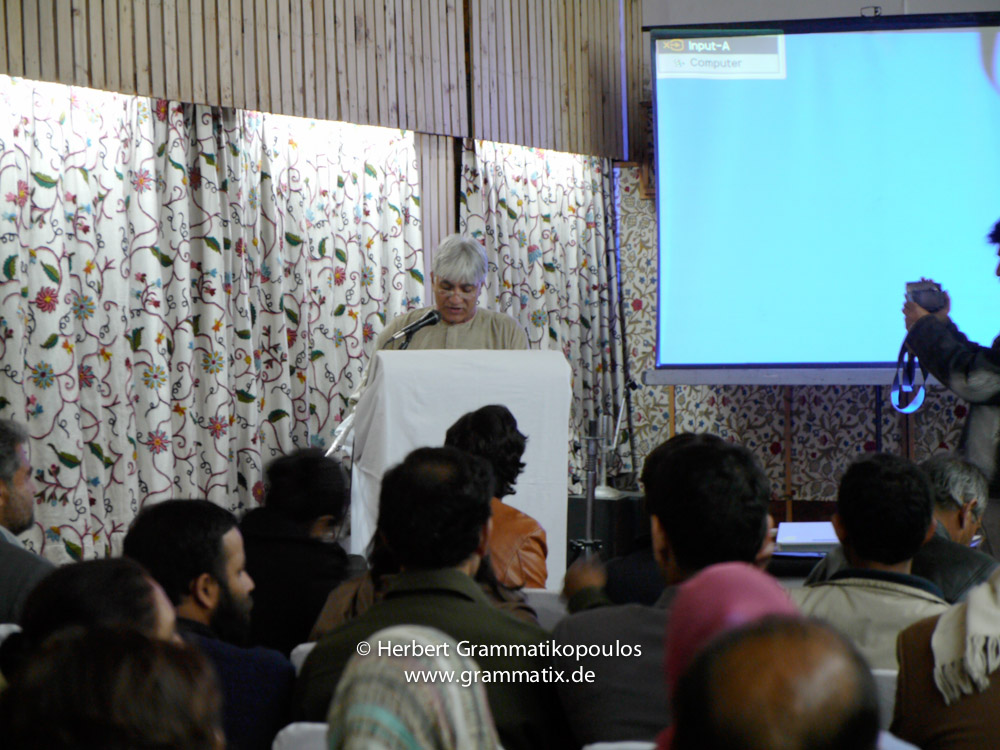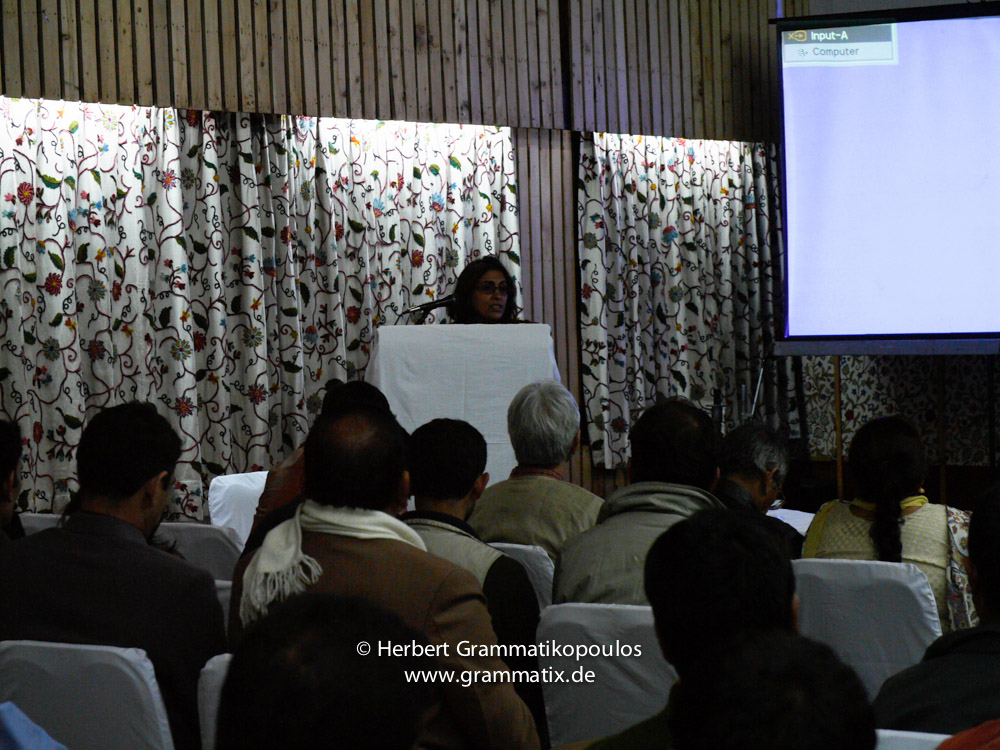Khoj Kasheer Open Day November 11, 2007 at Gulshan (Aga Manzil), Lalmandi, Srinagar, Kashmeer
I. The Art Project Khoj Kasheer
II. Glimpses of the Open Day
I. The Art Project Khoj Kasheer
Since a decade or more, due to the violent conflict in India’s Kashmir, which began around 1980ies, Kashmir has been a kind of ex territorial area for any greater exhibition or event related to any kind of arts beyond the local occasions. The Khoj Kasheer workshop and exhibition was the first event of it’s kind in Kashmir in trying to bring contemporary modern arts and artists from India and abroad together to make up an unique space of creativity for the people of this region who have witnessed the worst kind of human loss, torture and human rights violation.
In the workshop 15 artist were invited and five more came as supporters for the period of 15 days to conceive their art works. In order to create a certain cosmopolitan/International aura the total group of fifteen participating artists was divided in a specific order where five artists were invited from outside the country like Britain, Greece, Iran, Mozambique and Nepal; five artists were selected from different states of India like Mumbai, Delhi, Assam, Gujarat and the other five were local artists Jammu & Kashmir. After an opening which followed with a group discussion where the concept of KHOJ and its logistics were briefed to the artist. The artists were set free to engage with the work in the manner they choose without any pre-conditions in terms of their medium and execution. Since the given context (Kashmir) was charged with political ambience it was obvious that the artist may respond to the political besides ethnic, mystical and socio-religious identities. Each participating artist got an amount of 3000 Indian Rupiahs (equivalent to almost 50€) for the material, which is quite a meager amount to think of an ambitious project. However, the artists found different means to sustain their quality of work and came up with astonishing output.
The perpetual presence of armed police where ever you go, is not leading to a situation of feeling secure and is not helpful for creativity – it leads to the opposite, to a black and bearish mood, to gloom and sedate temper, to tension and fear, especially when the performance ‘Raja II‘ of Nikil Chopra (see pages 50 – 58) which took place spontaneously on the central square in the city centre, Lal Chowk, at the same time, as the armed police CPRF (Central Reserve Police Force of India) started to seal off the square and to body-check each single male around, who had to line up to get controlled and searched. In spite of all that, bringing together such a varied group of artists from different cultures, the atmosphere between all the participants explored in an extreme creative and friendly way.
In the midst of the sense of paranoia and fear psychosis it was not easy to roam around to get the feel of the place and look for the relevant material for the art project, which even forced some artists to change their ideas in order to finalize their work within given 15 days. At the time of this workshop travelling in Kashmir was very difficult. Some of the routes were forbidden or closed by police or army. Being early winter travelling to Ladakh was not possible due to snowfall on the passes. So the group could make, apart from extensive detailed inquiries inside Srinagar, only one excursion to Anantanag/Chandanwari,about a hundred km south of the capital. It was a deserted ‘tourist‘-village; all closed shops in the whole village as it was end of the tourist season; nobody on the streets except armed police and a shepherd.
To our surprise only a little tea-shop was open which served us a traditional milk tea.
Even the open day at the end of the workshop didn’t see so many spectators as I personally hoped, in my belief it still was a success. Maybe the location was not the right one for the open day (maybe it would have been better to do it in the city centre, but this seemed not be possible due to the political situation), but much more the cricket game between Pakistan and India at the same day, was possibly a reasons for the relatively low frequency by spectators. Almost all of the presented objects, the creativity and the commitments of the artists and as well of the students has been excellent. Many of them had a critical connection with the political situation of Kashmir, without pointing a finger on a single group or person, while other works standing just for themselves.
So I hope, that we as artists, who had been only a few days here in Kashmir, could help to give the people a little happiness when they see our work and to make them aware and think the real values of life. And we as foreigners, who could leave this place again, have shown to them, that the Kashmiris case is not forgotten.
The Sponsors
The workshop was sponsored by eight major local entrepreneurs and public institutions:
– the J & K Police, who also organized the everyday lunch at the Aga Manzil
– J & K Tourism Board
– J & K Academy of Art, Culture & Languages
– J & K Bank
– Kanwal Food & Spices
– Hotel Broadway, Sonwar Bargh, Srinagar, Mr. Krishan Kumar Amla
– Hotel Silver Star with Gayoor Art Gallery
– Mr. Aga Muzafar
Very special thanks to Wasim Mushtaq Wani, Assistant Professor
at the Department of Fine Arts, Aligarh Muslim University,
who’s patience, informations and proofreadings only made this book possible (see http://www.grammatix.de/books/195-2/.aspx?)
The texts of chapters on Triangle, Khoj and KASYAP are taken from their website and representing their own opinions and views.
II. Glimpses of the Open Day

